- Home
- Camino Portugues
Jump to Camino Portugués Stages
The Many Ways on the Camino Portugués – Which One Is Right for You?
Just so you know, the PilgrimageTraveler.com is an associate of Booking.com, Roamless, and Amazon. As an associate of these merchants, we earn from qualifying purchases from our links.
What is the Camino Portugués? The Camino Portugués, or Portuguese Way, is a historic pilgrimage route to Santiago de Compostela, usually starting in Lisbon or Porto. It’s quieter than the popular Camino Francés, but every bit as meaningful - with both inland and coastal options after Porto, depending on how you’d like to experience the journey.
How long is the Camino Portugués? The main, central route travels 617 kilometers from Lisbon to Santiago de Compostela. The portion from Lisbon to Porto is approximately 375 kilometers, and from Porto, along the Central Route it is approximately 242 kilometers, and along the Coastal Route, slightly longer at 274 kilometers. If you choose all or part of the Senda Litoral, it will be even longer (see each individual day for complete figures).
The section from Lisbon to Porto has an altogether different feel than the sections after Porto to Santiago de Compostela. They are very distinct Caminos, regardless of which route you choose after Porto.
Departing Porto, pilgrimage travelers can choose from three distinct routes: the Central Route, the Coastal Route which follows paths near the coast but not directly along the shoreline, and the Senda Litoral which closely traces the coastline. All the routes offer different scenic experiences. Use the links above for more specific information on how these three choices are unique and worthy in their own right!
There is also the special, spiritual variant of the Central Route, the Variante Espiritual, perhaps my favorite Camino of all! For me, it is the most enchanting because of the Ruta da Pedra e da Auga (Route of Stone and Water) and the Maritime Way of the Cross boat ride. Click on the link for more information!
Then, add to the mix that you are traveling in two separate and unique countries, and the Camino Portugués after Porto has two distinct sections, the part that walks through Portugal and the part that walks through Spain.
It is easy to see why I call this Camino, "The Many Ways of the Camino Portugués!" But which is perfect for you? Keep reading!
"Give me my scallop-shell of quiet, My staff of faith to walk upon, My scrip of joy, immortal diet, My bottle of Salvation, My gown of glory (hope's true gage), And then I'll take my Pilgrimage." ~ Sir Walter Raleigh, The Passionate Man's Pilgrimage, 1603
🙋♀️ Why Trust Us at the Pilgrimage Traveler?
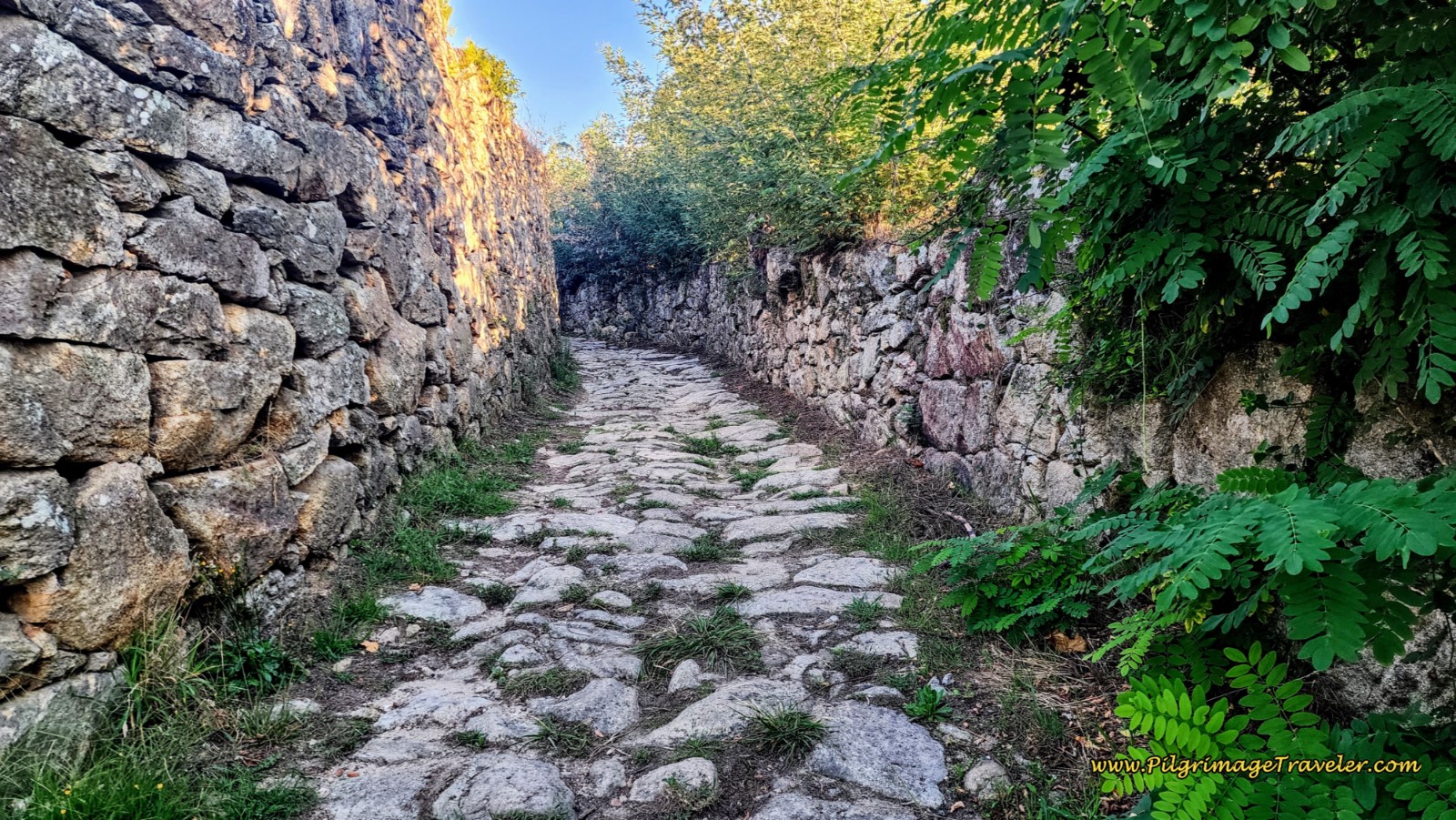
We’re not a travel agency ~ we’re pilgrims, just like you.
We've walked Pilgrimage Routes Across Europe!
💬 We’ve:
- Gotten lost so you don’t have to. 😉
- Followed yellow arrows in the glowing sunlight, the pouring rain and by moonlight. ☀️🌧️🌙
- Slept in albergues, hostals & casa rurals. Ate and drank in cafés along the way. 🛌 😴
- Created detailed and downloadable GPS maps and eBook Guides, full of must-have information based on real pilgrimage travels. 🧭 🗺️
- Shared our complete journeys, step by step to help YOU plan your own ultimate pilgrimage and walk with your own Heart and Soul. 💙✨
Every detail is from our own experiences ~ no fluff, no AI rewrite. Just fellow pilgrims sharing the way. We add a touch of spirituality, a big dose of ❤️ and lots of wisdom from the road.
Ultreia and Safe Pilgrimage Travels, Caminante! 💫 💚 🤍
Quick Route Comparisons
If you wish for a summary of the differences in routes to help you decide, this table below should get you started! However, keep reading farther along for an in-depth look at the Portuguese Way and how it differs from the other Caminos and how each path is a different experience!
| Route | Mileage | Days | Difficulty | Terrain |
|---|---|---|---|---|
| Lisbon to Porto | 375 Kilometers (233 Miles) | 12-16 Days | ~ Less infrastructure. ~ Longest route with longer stages (this is slowly changing). ~ Not as crowded. ~ More elevation changes. |
Initially walks along farming lowlands, then increasingly mountainous terrain after Golegã; Very scenic passing through historically rich sites and towns. |
| Central Route | 242 Kilometers (150 Miles) | 10-14 Days | ~Plenty of infrastructure and more crowded. ~ Shortest route from Porto. ~ Staging easier with shorter distances. ~ Most elevation changes. |
More historic than the Coastal options, passing through upland vineyards, on very mountainous terrain through smaller villages and historic towns. |
| Coastal Route | 274 kilometers (170 Miles) | 10-14 Days | ~ Plenty of infrastructure and staging is easy. ~ Longer than the Central Route. ~ Increasingly crowded with lodging competition from beach-goers. ~ More mountainous than you might expect, but less elevation changes than the Central Route. |
Rolling hills, sometimes near the shore and sometimes farther inland, passing some historic features, but not as much as the Central. Lots of views of the sea! |
| Senda Litoral | 274+ kilometers (170+ Miles), depending on daily alternative choices |
10-14 Days | ~ Longest Way from Porto, but staging is easy. ~ Perhaps the most crowded lodging with competition from beach-goers. ~Least elevation changes. |
Beaches, beaches and more beaches! Does share the Coastal Route more than it does not. |
| Variante Espiritual | 45.1 Kilometers (28 Miles) Overland, 26.5 Kilometer (16.5 Miles) Boat Ride |
2-3 Days |
~ Easy staging, a short add-on route from Pontevedra on the Central. ~ Somewhat crowded with a squeeze point for beds in Armenteira. Must pre-book boat ride and accommodation. ~ Significant elevation changes. |
Has two unique "spiritual" features, the highly scenic Ruta da Pedra e da Auga (Route of Stone and Water) and a boat ride through the only Maritime Way of the Cross in the world! |
| Route | Mileage | Days | Difficulty | Terrain |
|---|---|---|---|---|
| Lisbon to Porto | 375 Kilometers (233 Miles) |
12-16 Days | ~ Less infrastructure. ~ Longest route with longer stages (this is slowly changing ~ Not as crowded ~ More elevation changes |
Initially walks along farming lowlands, then increasingly mountainous terrain after Golegã; Very scenic passing through historically rich sites and towns. |
| Central Route | 242 Kilometers (150 Miles) |
10-14 Days | ~Plenty of infrastructure and more crowded. ~ Shortest route from Porto. ~ Staging easier with shorter distances. ~ Most elevation changes |
More historic than the Coastal options, passing through upland vineyards, on very mountainous terrain through smaller villages and historic towns. |
| Coastal Route | 274 kilometers (170 Miles) |
10-14 Days | ~ Plenty of infrastructure and staging is easy. ~ Longer than the Central Route ~ Increasingly crowded with lodging competition from beach-goers. ~ More mountainous than you might expect, but less elevation changes than the Central Route. |
Rolling hills, sometimes near the shore and sometimes farther inland, passing some historic features, but not as much as the Central. Lots of views of the sea! |
| Senda Litoral | 274+ kilometers (170+ Miles), depending on daily alternative choices |
10-14 Days | ~ Longest Route from Porto, but staging is easy. ~ Perhaps the most crowded lodging with competition from beach-goers. ~Least elevation changes. |
Beaches, beaches and more beaches! Does share the Coastal Route more than it does not. |
| Variante Espiritual | 45.1 kilometers (28 Miles Overland, 26.5 kilometer (16.5 Miles) Boat Ride |
2-3 Days |
~ Easy staging, a short add-on route from Pontevedra on the Central. ~ Somewhat crowded with a squeeze point for beds in Armenteira. Must pre-book boat ride and accommodation. ~ Significant elevation changes. |
Has two unique "spiritual" features, the highly scenic Ruta da Pedra e da Auga (Route of Stone and Water) and a boat ride through the only Maritime Way of the Cross in the world! |
Pilgrim’s Office in Lisbon
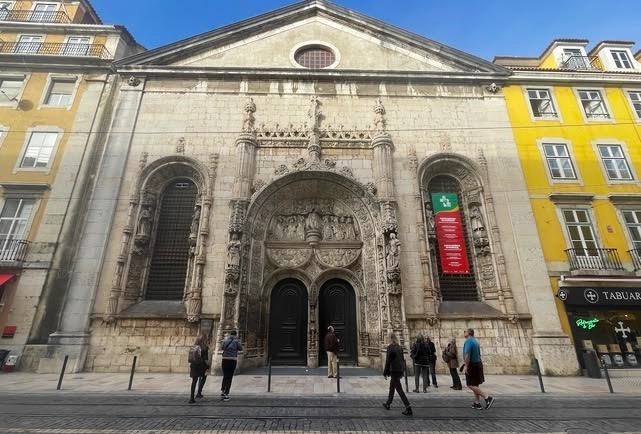 Igreja da Conceição Velha, Home of the Pilgrim's Office in Lisbon
Igreja da Conceição Velha, Home of the Pilgrim's Office in LisbonBefore you begin your Portuguese Way you may want to visit the recently opened pilgrim’s office in Lisbon. This is a wonderful source of information! It is down the hill from the Sé de Lisboa, the main cathedral and in the heart of the tourist center along the Rua da Alfândega, number 108. It is within the Igreja da Conceição Velha, pictured above, in a small room. Just look for the signs in the entryway.
Opening hours are limited, typically from 14:30 to 18:00. It's advisable to check the latest timings before planning your visit. You can get a credential, a scallop shell and your first stamp here.
To find the official start of the Camino Portugués in Lisbon, click here. Hint: It is not the Sé de Lisboa, the cathedral!
A Brief History of the Camino Portugués
The Portuguese Camino rose to significance in the mid-12th Century, soon after the country gained its independence. Traveling on established cultural, economic and spiritual roads, often utilizing original Roman roads, the human bonds that were created then, as now, transcended political boundaries.
Major networks of roads in Portugal were established along the Pilgrim's Way, passing through Lisboa, Santarém, Coimbra, Porto, Barcelos, Ponte de Lima and crossing the River Minho into Galicia.
Portugal's "Holy Queen," Queen Isabel in the 14th Century traveled to Santiago from Lisbon. Along with other nobles and high-ranking clergy, she contributed to the popularity and devotion to the Jacobean cult (worshipers of St. James or Santiago).
Queen Isabel even offered up her crown to the altar in Santiago and was buried in Coimbra with a pilgrim's staff to show her devotion.
Likewise, in 1502, King Manuel I left orders for a lamp to be lit around the clock in the cathedral of Santiago, as a memoir of his stay, and even assigned an annual payment to cover its cost.
In the 19th century, the Portuguese Camino enjoyed even more popularity, becoming the most-traveled Jacobean Way, because of strife in France who was in revolution, and the French invasion of Spain by Napoleon. In this century, over 80% of foreign pilgrims were from Portugal. *
In recent history, the Camino Portugués is becoming more and more popular, especially the shorter routes from Porto.
*Historical information taken from the brochure on the Portuguese Way, provided by the Portuguese Tourist Office.
The Maps of the Camino Portugués
Below are the maps I created with my GPS files, which I have uploaded to Google Maps. As an added bonus, I have added features to each map, to include accommodations, eateries, fountains, churches and more, that are pertinent to the pilgrim. Just click on a feature to see more information, and for direct links to accommodations, etc.
The maps below are fully interactive, for your use on this webpage, like a maps-only guide to the Camino!
If you wish to open and retain a map on your own device, click on the Google sharing links I provided before each map.
For the Lisbon to Porto map, click on this Google sharing link. The map that opens on the device you are currently using will have all these same features you will need to plan a successful pilgrimage!
For my Porto to Santiago via the Coastal Route map, click on this Google sharing link. You will notice portions along the Coastal Route in orange. That is the Senda Litoral, another coastal option that hugs the coastline - see the explanation farther below.
For my Porto to Santiago via the Central Route map, click on this Google sharing link.
For my Variante Espiritual Route map, click on this Google sharing link.
My total kilometers/miles figures may be different than other sources of information out there, as everyone’s footsteps are different. However, we have made every effort to make our information as clean and accurate as possible. Please realize that the kilometer/mileage figures are approximations only!
*STEP-BY-STEP TIPS: USING MY INTERACTIVE GOOGLE MAPS:
On a Laptop:
- Initial View: Click "View larger map" (upper-right).
- Re-access: Go to maps.google.com → "Saved" icon (left taskbar) → "Maps" (far right).
On a Mobile Device (Google Maps App - Recommended):
- Initial View: Tap "View larger map" (upper-right). May open in app or browser. Tap "Save" if your browser asks.
- Re-access: Open app → "You" or "Saved" (bottom taskbar) → scroll down → "Maps" (lower right).
On a Mobile Device (Browser):
- Initial View: Tap "View larger map" (upper-right). May open in app or browser. Tap "Save" if your browser asks.
- Re-access: Go to maps.google.com → dropdown under "Google Maps" → "My Maps."
Download/Upload my GPS tracks
- Jump to this page for downloading instructions.
- Jump to this page for uploading instructions.
*Note that my maps are not offline maps, but you will need to have a data plan for full functionality. However, you can use them offline. For instructions on how to do that, please click here.
Staying Connected with an eSIM:
If you wish to stay connected and your mobile device supports eSIMs, it’s the easiest way to go. No need to swap physical SIM cards—you just activate a virtual one on your phone. eSIMs let you buy data plans online, so you're connected the moment you arrive. It is so simple!
Why I Recommend Roamless:
I personally use Roamless for its pay-as-you-go model and seamless global coverage. The inexpensive data never expires, making it perfect for long or multi-country trips. Activate it only once and never have to swap physical cards or eSIMs ever again, even when traveling to multiple countries across multiple dates. Find out more by clicking here and be an informed pilgrimage traveler!
Accommodations
The official Portuguese Camino Group, the Via Lusitana, publishes a list of albergues for the entire Portuguese Way, starting in Lisbon. You can go to it by clicking here. This is not an exhaustive list for accommodations, but is for albergues only. It is the most cost-effective option for budget travelers.
To book ahead on any of the Ways you can search for a city in booking. com. It's the best online reservation system, and I will earn a small commission at no cost to you if you reserve through my links. I thank you for your support for providing you this convenience!
Make sure you utilize the "Sort by: Price (lowest first)" function to get the best offers, which change from day to day. With prices continuing to rise, you can try techniques like calling the facility direct and asking for pilgrim rates, waiting until a few days ahead when they are more eager to fill beds and choosing the low seasons.
Some of the best advice on accommodations came from talking with fellow pilgrims and the locals. Plus, I hope that my web pages will help you plan your Camino as well as you read through!
I recommend reading each day’s journey the night before you walk it, when you have wifi, so you can be fully prepared for what is to come! Jump to my Camino Portugues Stages where you will find indepth information for accommodations and other important features for each day's walk.
OR you can purchase our off-line Camino Portugués eBook Guide for this same information and you won't need to worry about wifi.
If you get into trouble the Via Lusitana offers an SOS number, at +351 915-595-213. Please program this number into your phone now. They speak fluent English.
While I have made this information as accurate as possible, please be aware that any Camino is a fluid thing, always changing! If you find that any of our information is incorrect, we warmly invite you to contact us and let us know! This will help all future pilgrims on their journey and will be greatly appreciated by all!
What is Uniquely Portuguese?
- The Culture: While you may think that Portugal is a lot like Spain, I found that it is, and that it isn't! While you can find many similarities, it remains a very distinct country. I tried to use my Spanish here, with some success, but generally, the Portuguese do not like to speak Spanish.
- The People: We found the Portuguese to be the most amazingly helpful people. All you need to do is ask and they will go out of their way to be helpful. Several experiences we had, from a shopkeeper actually walking us to a shop when we asked where to find a product, to a local mason offering to drive our friend, who could walk no more, to the next town! This is an amazing culture which I learned to love and appreciate very much! If ever there was a culture in which you could walk alone and trust that you will be cared for, it would be Portugal.
- The Price: The price of things are even lower than in Spain. Two café con leites (same as Spain's café con leche, or coffee with milk) and two pastries are unbelievably cheap. The albergues almost always gave you real sheets, not disposable ones for under 20 Euro/person/night. Small family-run hotels, which we stayed in a lot, were around 50 Euro, so why not have your own bathroom if there are two of you and it is so inexpensive?
- Pastel: The pastries are to die for, my very favorite being the Pastel de Nata (cream pastry). It is a lovely little custard tart that we ate whenever we could! While all the other pastries look fabulous, trust me, the Nata is the best! One of our greatest sadness came when we walked into Spain and no more Nata!
- Azulejos Tile: The amazing murals that you see throughout Portugal, are made with the Azulejos tile. They are simply fantastic and unique to Portugal.
- Cobblestone: The Portuguese love their cobblestone. You find it in every town and in the most surprising places, like this country road below. It is so lovely, and yet so hard on the feet and ankles! You will find cobblestone everywhere throughout the country. I was never so happy to enter Spain for the sole reason that the cobblestone would finally end! And believe me, it truly doesn't end until you leave Portugal. Plan your footwear accordingly!
- Fátima: You know you're in Portugal when the most popular Camino is not to Santiago de Compostela, but to Fátima. We saw more pilgrims heading to Fátima than we did to Santiago! From Lisbon to Santarém, the routes are the same. Then the camino to Fátima splits. After Tomar, the routes and arrows are opposite directions as the Camino to Fátima heads south. You will see a yellow arrow pointing one way, and the blue arrow to Fátima pointing the opposite way. You can see the yellow Camino de Santiago arrow in the photo of this waymarker, just below the blue arrow.
It is said that if you do not understand the phenomenon of Fátima, you will not understand the Portuguese culture.
If you are unfamiliar with Our Lady of Fátima, it is the name for the Blessed Virgin Mary given by the Catholic Church in 1917, after three young shepherd children saw her as an apparition, in a field in central Portugal. There is a shrine to her in the location of the visions, in the town of Fátima and one can see her image throughout Portugal, and even in Galicia.
 Home Tile Mural to Fátima
Home Tile Mural to FátimaFátima is very easy to spot, as she wears a crown on her head, and often is depicted with the 3 children kneeling before her, as in the photo of this mural. Almost every church has an altar to her, and I even spotted her in the cathedral at Santiago! She is highly venerated among the Portuguese Catholics.
- Springtime Oranges and Lemons: One of the incredible delights on the Camino Portugués from Lisbon to Porto, in April, were the orange and lemon trees. We passed by one abandoned tree after another, where the fruit was just falling unused to the ground. We would eat 2-3 oranges everyday, just by finding them along the Camino!
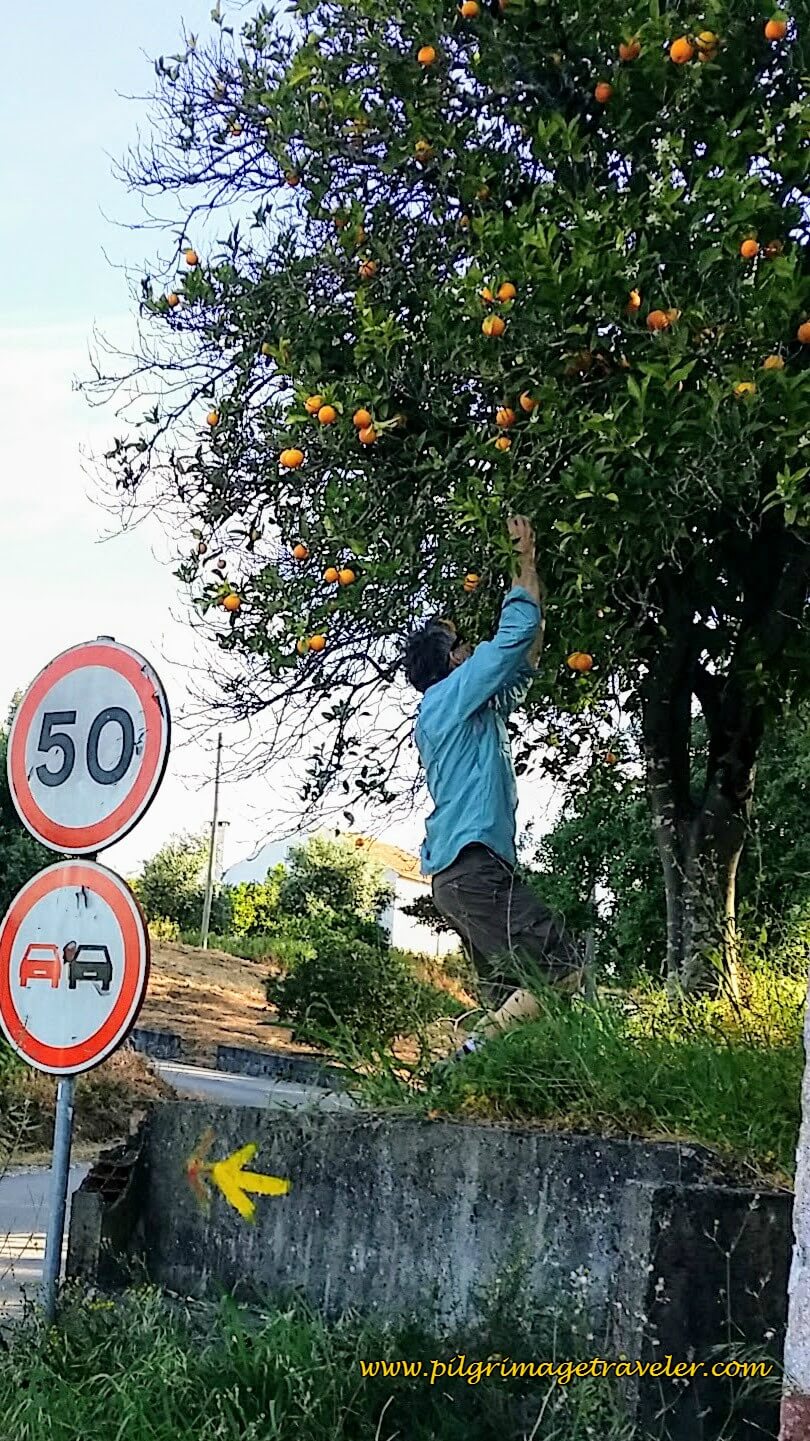 Rich Picking Oranges Along the Way
Rich Picking Oranges Along the Way- Tropical Flowers: The springtime aroma in the section from Lisbon to Porto was nothing short of fantastic! Flowers were in bloom everywhere, and we were surprised and delighted with the many, many tropical varieties that we saw. Calla Lilies were growing wild everywhere, Bird-of-Paradise, Christmas Cactus, Alstroemeria, and many, many more. The tropical flavor of Portugal is one of the many unique aspects of this Camino.
- Wine/Food: While Spain also has delicious wine, the Way from Lisbon to Porto walks by field after field of grape vines. They have unique types of grapes, the wine is very inexpensive, and if you don't ask for wine with dinner, they think you are nothing short of crazy! The food is unique as well, with many unfamiliar dishes, and much more variety.
- Cork Trees: Unique to Portugal are the magnificent and majestic cork trees. Keep your eyes open for them as you walk the Camino Portugués between Lisbon and Porto. You can also see purses and souvenirs made of cork, for sale throughout Portugal. Only the bark is stripped from the tree, allowing it to be harvested every nine years. Since cork is not endangered, support the country by buying these products.
- The greeting along the Way is not Buen Camino, but Bom Caminho, said like bong camEENyo. You will also frequently hear their version of bon voyage, or Bom Viagem, said like bong veeAJe, with the "j" as the ge in garage. Good day is Bom Dia, or bong DEEa.
The Truth About the Route from Lisbon to Porto
You have already read above, the Camino Portugués is filled with wonders, most notably the longer, 400 km section from Lisbon to Porto. It is said that once you leave the touristy city of Lisbon, it is only then, that you encounter the "true" Portugal. I wholeheartedly agree! Portugal is worth exploring, in its every nook and cranny, that is beautiful, fruitful and full of history.
Fortunately, route-finding has never been easier, as the waymarking has improved vastly in recent years. There are new signage posts verywhere and new information boards at key points. Yellow arrows are still important in places, but not as much.
Yes, the stages are long with less support services than the section after Porto. However, in my opinion, a true pilgrimage should never be without a bit of hardship, will and determination. This is also changing as more and more albergues are popping up!
With just a bit of extra planning regarding shortening your stages if needed, always carrying plenty of water and food, you will be just fine! Unlike the Camino Francés, you cannot just put your brain on autopilot, expecting things to appear shortly after you need something. Plus the Portuguese are so willing to help if you need it!
The one thing I would advise here, is that you do have a phone service that you can call the Via Lusitana SOS number, if you get into trouble. It is +351-915-595-213. They are the organization that supports and maintains the Camino Portugués.
I heard from many pilgrims on Facebook and the Camino Forum that we would be walking through lots of ugly industrial areas, especially when walking out of Lisbon. Yes, we did walk through a few industrial zones, but it was never for long.
We were pleasantly surprised at the walk out of Lisbon, along the Tejo River, on promenades, boardwalks and through the old 1998 World Expo site. It was nothing like I had expected and quite pleasant and cool along the river. Please feel free to click through to see my Day One to see for yourself!
For me, the most tedious was not walking through industrial areas, but the long, flat, and hot (even in April) gravel lanes through agricultural zones. Because services are few and far-between, one must carry plenty of food/water. In these areas, there is little to no shade, as the photo depicts below
I wore light and loose, long sleeve shirts to protect myself from the sun. My pants were too heavy to wear, or I would have worn pants as well. Sunscreen and sun hats are mandatory. I would even wet down a bandana to tuck under the back of my baseball cap to cool myself off! Make sure you have plenty of water if you do this!
There are lots of great towns and sights between Lisbon and Porto; Santarém, Tomar, Coimbra, and plenty of medieval and Roman bridges, Roman roads and the ruins of Conimbriga along the Way.
The ugly truth along the Camino Portugués, is that there are really, really fast drivers. Indeed there are stretches along very busy and/or narrow highways that one must not ignore the danger. In fact, one could take a lesson from the Fátima pilgrims, who all wear fluorescent-striped traffic vests when they walk! And they are Portuguese!
The Portuguese drive so fast and come so close to the pedestrians, that an old saying I learned from a young farm boy in high school who continually drove the same way, came to mind: "An inch is as good as a mile!" Yes, in Portugal, an inch IS as good as a mile!
Once you acclimate to this ugly truth you will be just fine. Here are our recommendations when walking on roads:
- Step aside when the road is extremely narrow when a car approaches, if at all possible. The time you lose may save your life.
- Wear visible clothing - bright colors or safety vests.
- Stay alert at all times, keeping music out of your ears, so you can hear oncoming traffic, from both directions. No matter how wide the road, it seemed like the Portuguese take their half out of the middle, every time, and severely cut corners around bends.
- Always keep to the left side, facing traffic, with two exceptions:
- First, when the shoulder on the right is a wider, safer options, cross over to the right, with your back towards oncoming traffic, or
- Second, when a blind curve is ahead, when you are walking facing the traffic, it is safer to cross the other side until you pass the blind curve.
I was amazed at how frequently I saw pilgrims walking out into the road, on both sides, ignoring the traffic. Not only is this discourteous to the natives who have to deal with pilgrims every day, but you are truly taking your life into your hands. Pedestrians may have the right-of-way, but speeding drivers do not have sufficient time to react!
While there are sections of road walking, I felt it was not that horrible. The reason it feels horrible is the speed of the drivers. Most drivers are Monte Carlo wannabes! If you do the Camino Portugués, please wear brightly colored clothes, or a safety vest. It will be money well spent.
Another very different aspect of the Camino Portugués from Lisbon to Porto is the lack of throngs of pilgrims. However, this is now changing as more and more pilgrims “find” this Camino. This is neither good nor bad, just different. What I can guarantee you is miles and miles of solitary farmland that will lead you into reflection, if that is what you seek.
In Portugal, the pilgrimage to Fátima takes precedence. The Portuguese don't understand why you would want to walk to Santiago and not Fátima! This is an aspect of their culture in which you will have to adjust. Especially if you are hooked on the Camino de Santiago - which we all are!
Despite these few pitfalls, I can say with my whole heart that the section from Lisbon to Porto, all 400 kilometers of it is worth it! Just do it! Adapting to what is, is the way of the pilgrim after all, isn't it?
Three Choices of Routes from Porto to SdC
The Camino Portugués is by far the most popular after Porto. We found it to be a totally different Camino than the section before Porto. With so many new pilgrims starting here, and so many different paths to choose, with many diversions back and forth between them, we were seeing new faces every day.
The Central Route is the most traditional and most historical route. A short distance after Pontevedra, Spain there is yet another route called the Variante Espiritual, which is perhaps one of the loveliest, albeit shortest Camino alternatives which in my humble opinion should not be missed!
There is the Coastal Route which has been gaining a lot of popularity in more recent years. There is some discussion regarding whether or not this route was an official pilgrimage route in medieval times, but there is some evidence that shows that it may have been used.
Thirdly, there is the Senda Litoral, not an actual separate route, but coastal alternatives at times. It literally hugs the coastline on boardwalks and on the beach itself. While this route is fully waymarked, you literally just keep the ocean on your left!
At times the Coastal joins the Senda Litoral, but mostly it does not. At times on the Senda there is absolutely no route to follow except along rocky coastline, rivers and marshes, so we only followed the Senda Litoral when there were waymarked boardwalks or established, paved trails.
Several times we did choose to walk several kilometers on the beach, but only if it was hard packed and easily accessed. The Senda Litoral is almost always longer than staying on the Coastal Route, and it often depended on how tired we were or how far out of the way it was, which route we chose.
We also felt like the weather would have also influenced our choice. Wind and rain along the coast is not very pleasant, but we were lucky and had mostly gorgeous weather.
As you can see in the next photo, the coastline boardwalks are quite nice and very inviting! We are from Colorado, so this was important to us. It is all a matter of preference!
However, we have indeed walked all the routes to assist you in your own selection and your own preferences.
Camino Portugués eBook Guides
Our Downloadable Camino Portugués eBook Guides in PDF Format contain all the valuable information from our web pages, for comfortable reading offline and without ads on your personal device. Don't carry a hard copy guide book to increase your pack weight. Use our digital guides on your next Camino instead!
Our ebook guides are packed with frequently updated information, because a digital format is more nimble than hard-copy publishing. Our eBook Guide is unique because we also entertain and immerse you with our story! Click on any eBook above for more information.
Buy only what you need OR buy ALL FOUR eBooks for the price of THREE - a 25% savings! Click here for more information or BUY NOW at only 17.85!
What Does Your Camino Portugués Look Like?
I hope our introduction to the Camino Portugués has helped you in your own decision-making process. It was truly unique from the others we have done. I promise you that I will give you the good, the bad and the ugly!
May your pilgrimage roads be full of wisdom and direction! May you always be mindful of how you impact the landscape, the culture and your own life! May you be the pilgrimage traveler who is aware of all that is around you!
Camino Portugués Stages
Lisbon to Porto
Senda Litoral or the Coastal Routes: Porto to Santiago
Skip to Central Route Below, for Final Days 22-25 to Santiago
Central Route: Porto to Santiago
Variante Espiritual
Please Consider Showing Your Support
Many readers contact me, Elle, to thank me for all the time and care that I have spent creating this informative website. If you have been truly blessed by my efforts, have not purchased an eBook, yet wish to contribute, I am very grateful. Thank-you!
Search This Website:
Follow Me on Pinterest:
Find the Pilgrimage Traveler on Facebook:
Like / Share this page on Facebook:
Follow Me on Instagram:
🙋♀️ Why Trust Us at the Pilgrimage Traveler?

We’re not a travel agency ~ we’re pilgrims, just like you.
We've walked Pilgrimage Routes Across Europe!
💬 We’ve:
- Gotten lost so you don’t have to. 😉
- Followed yellow arrows in the glowing sunlight, the pouring rain and by moonlight. ☀️🌧️🌙
- Slept in albergues, hostals & casa rurals. Ate and drank in cafés along the way. 🛌 😴
- Created detailed and downloadable GPS maps and eBook Guides, full of must-have information based on real pilgrimage travels. 🧭 🗺️
- Shared our complete journeys, step by step to help YOU plan your own ultimate pilgrimage and walk with your own Heart and Soul. 💙✨
Every detail is from our own experiences ~ no fluff, no AI rewrite. Just fellow pilgrims sharing the way. We add a touch of spirituality, a big dose of ❤️ and lots of wisdom from the road.
Ultreia and Safe Pilgrimage Travels, Caminante! 💫 💚 🤍
***All Banners, Amazon, Roamless and Booking.com links on this website are affiliate links. As an Amazon associate and a Booking.com associate, the Pilgrimage Traveler website will earn from qualifying purchases when you click on these links, at no cost to you. We sincerely thank-you as this is a pilgrim-supported website***
PS: Our eBook Guide books are of our own creation and we appreciate your purchase of those too!!
Shroud Yourself in Mystery, along the Via de Francesco!
Walk in the Footsteps of St. Francis, and Connect Deeply to the Saint and to Nature in the Marvelous Italian Countryside!
Need suggestions on what to pack for your next pilgrimage? Click Here or on the photo below!
Carbon fiber construction (not aluminum) in a trekking pole makes them ultra lightweight. We like the Z-Pole style from Black Diamond so we can hide our poles in our pack from potential thieves before getting to our albergue! There are many to choose from! (See more of our gear recommendations! )
Gregory BackPack - My Favorite Brand
Do not forget your quick-dry microfiber towel!
Booking.com
My absolute favorite book on how to be a pilgrim:
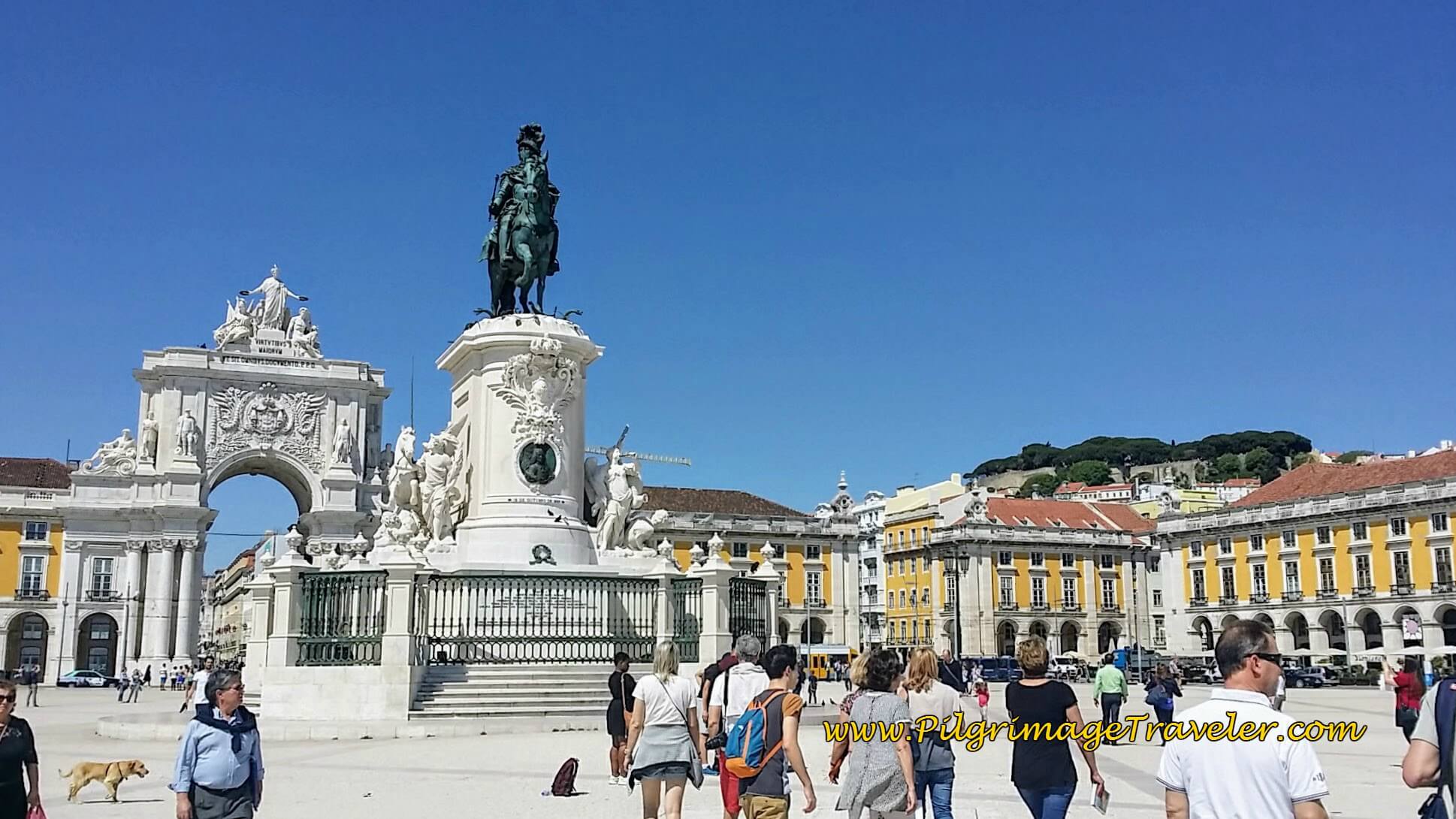
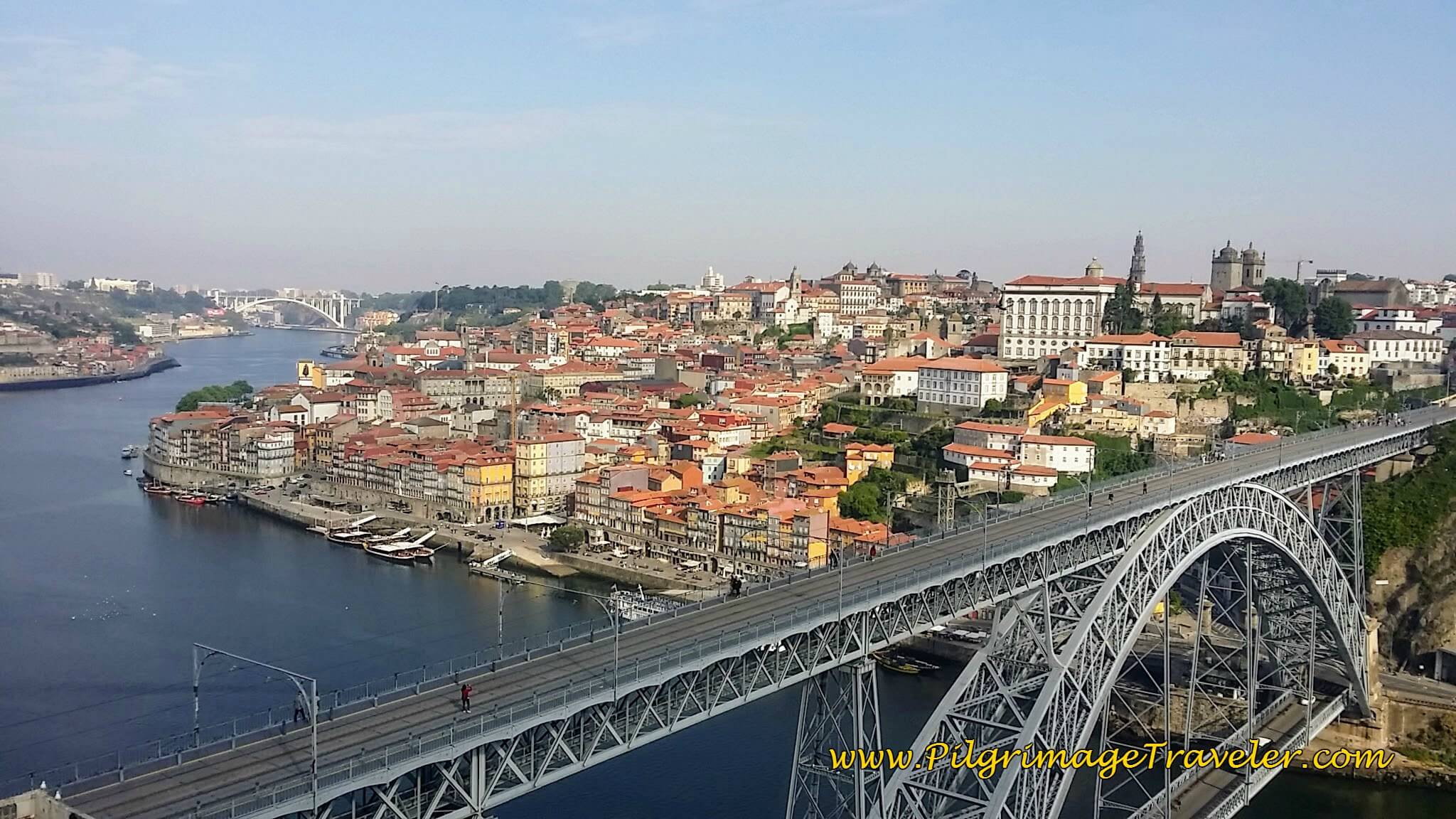
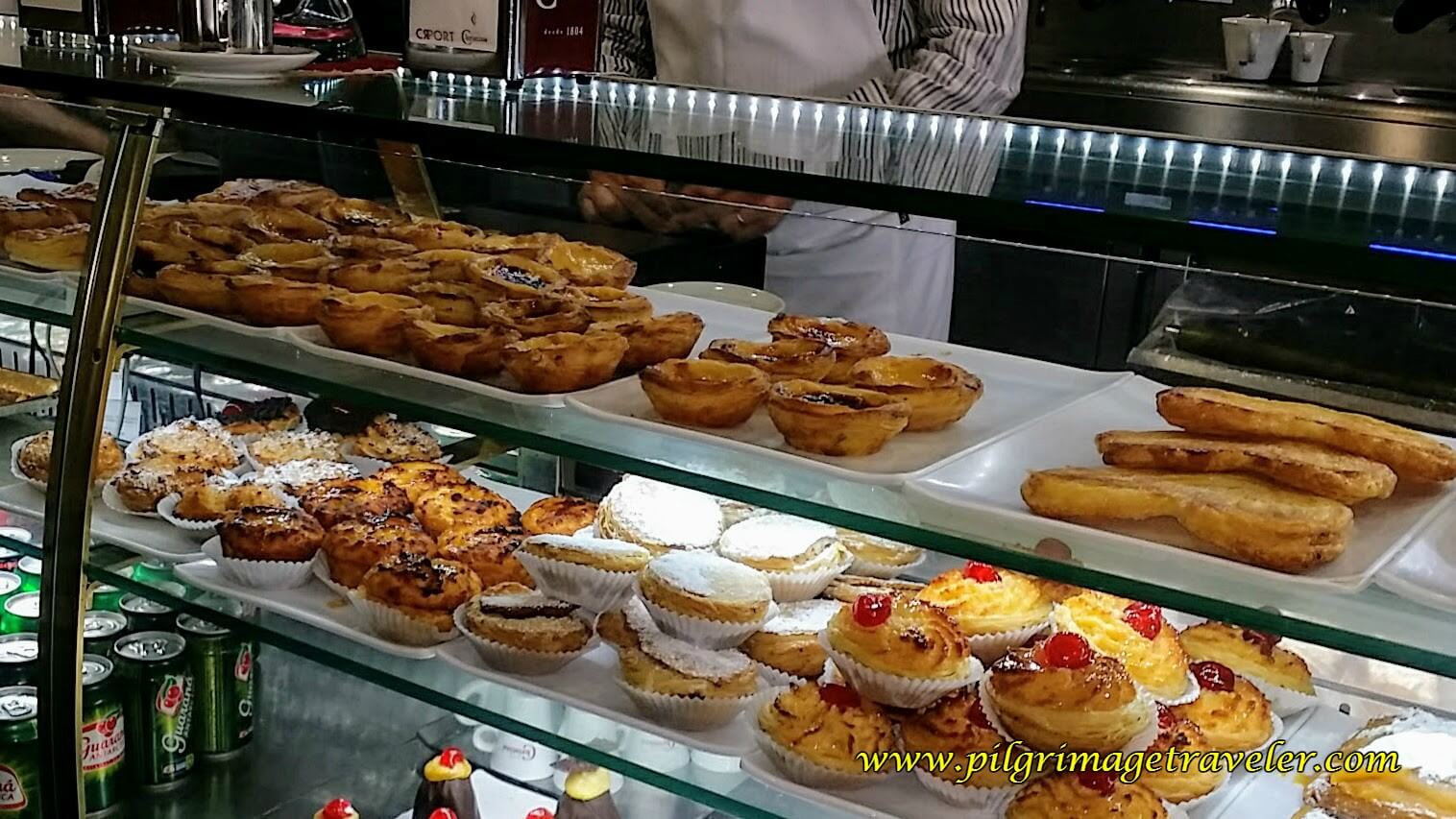
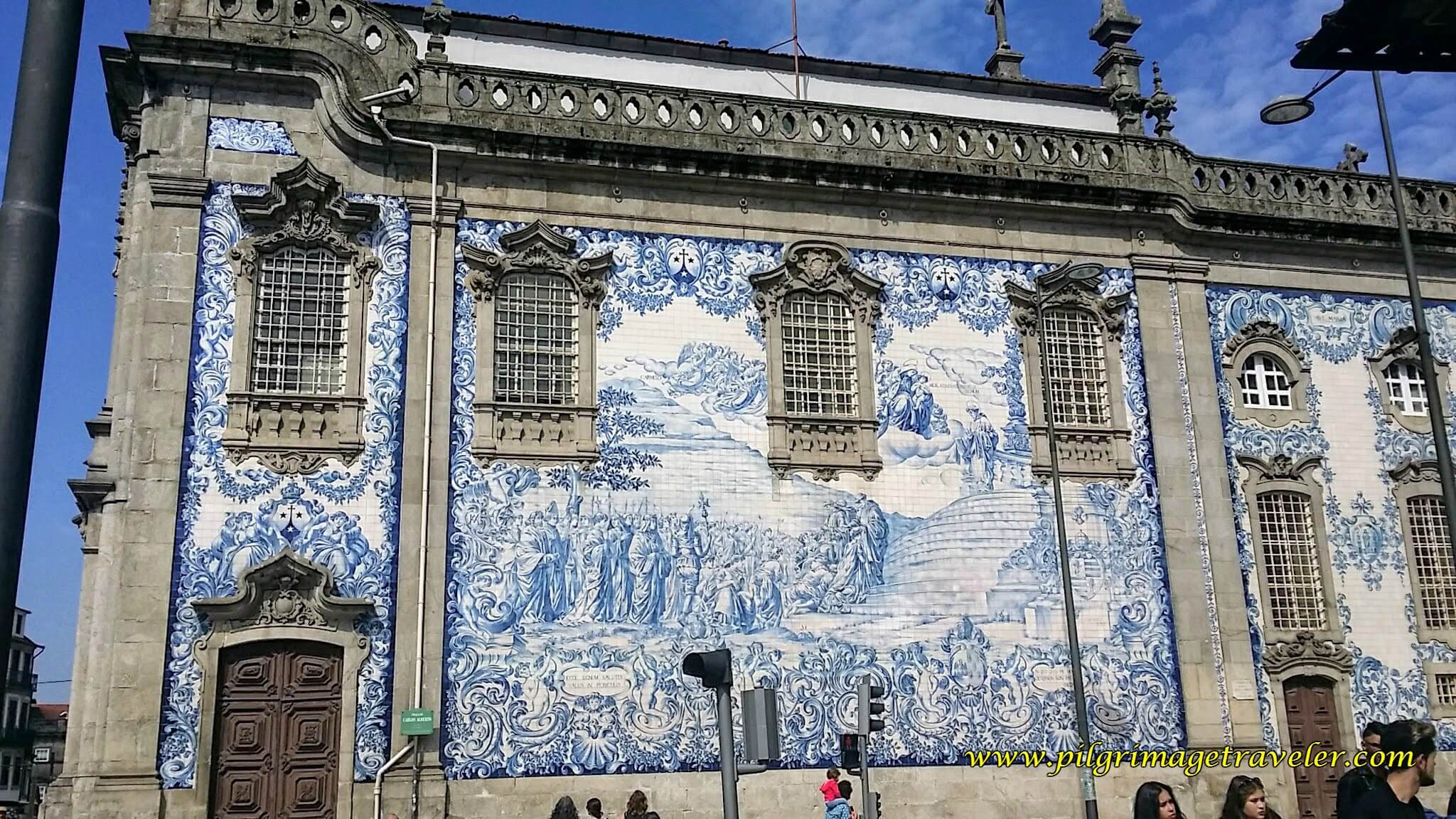
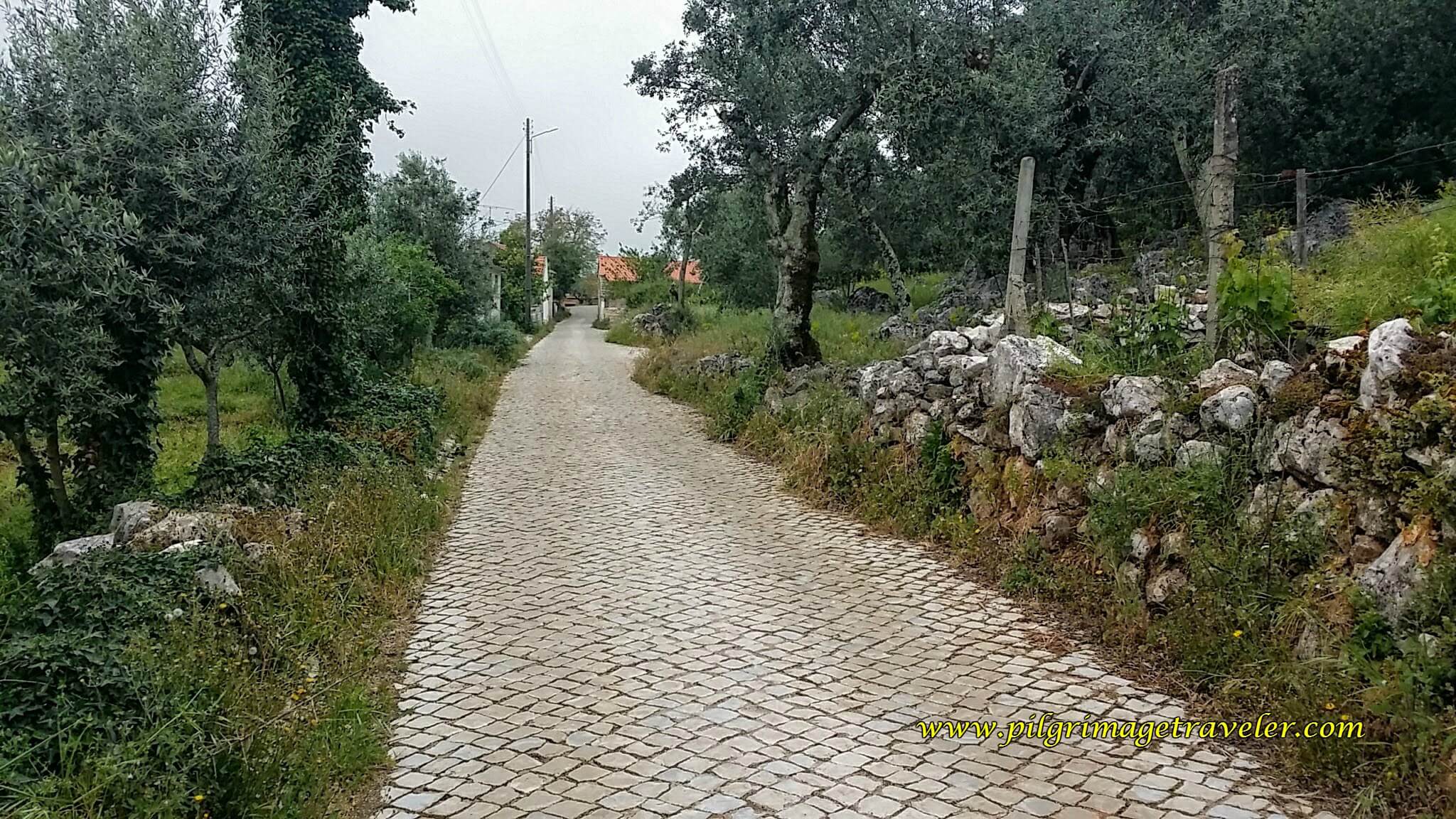
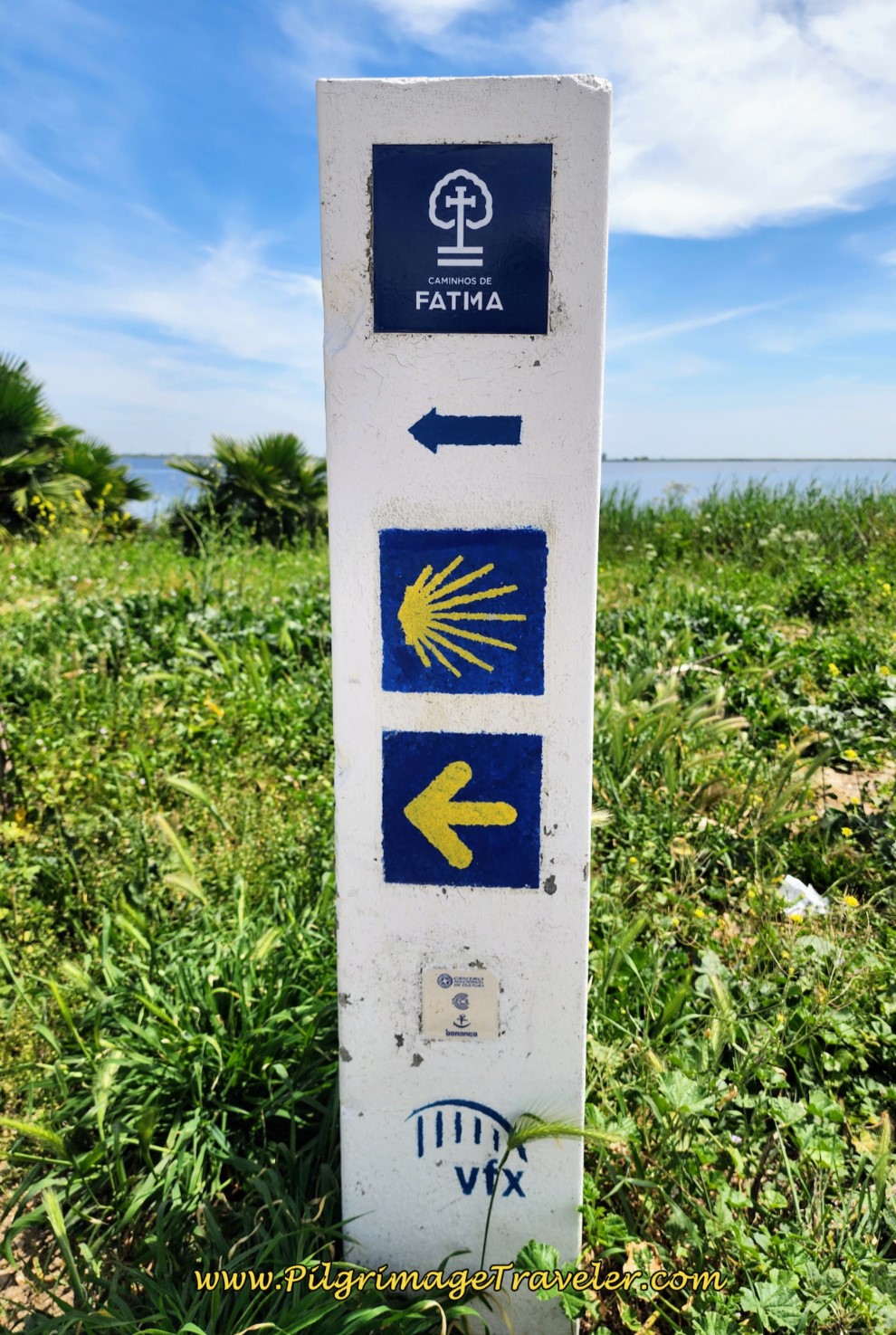
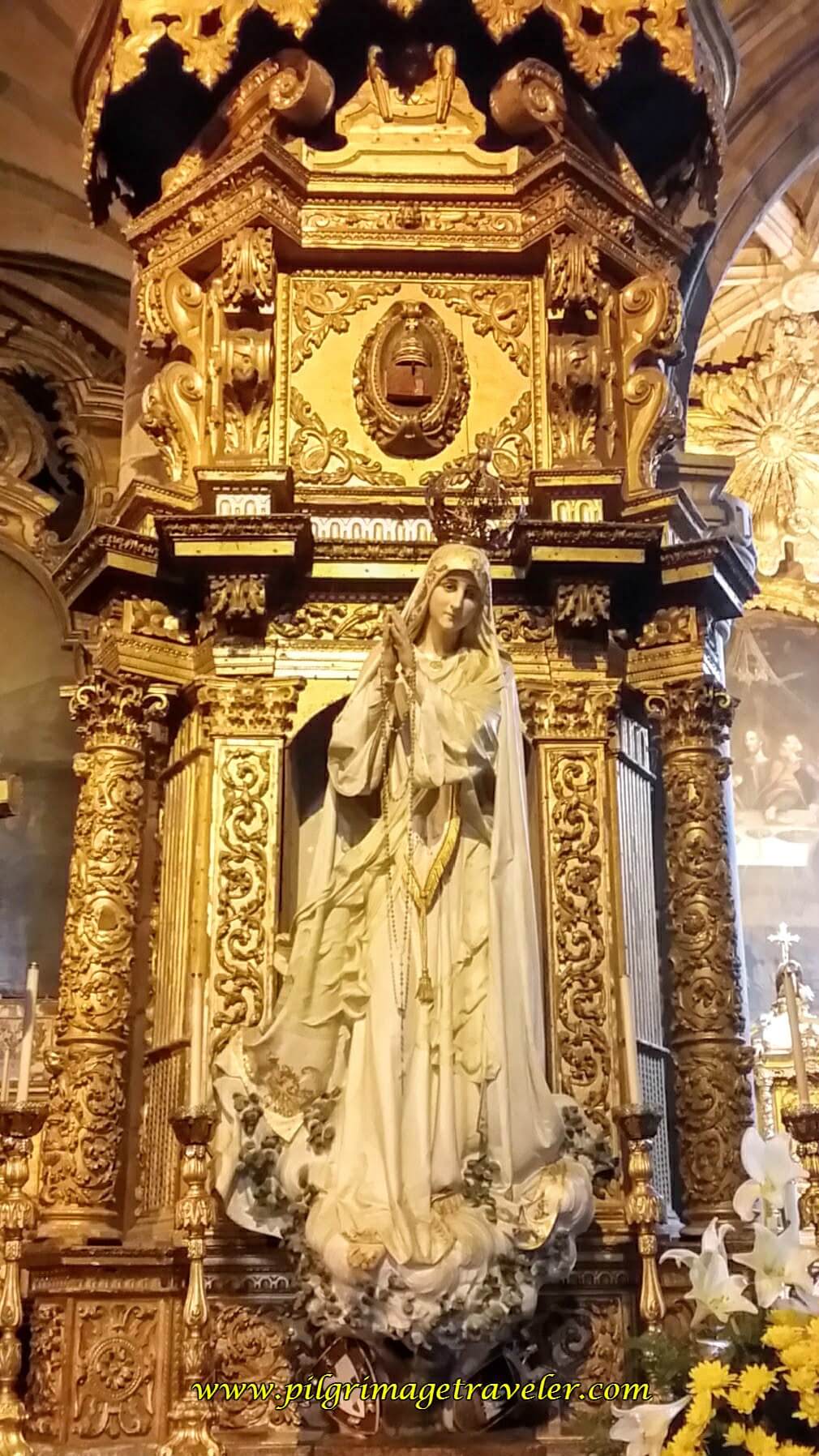
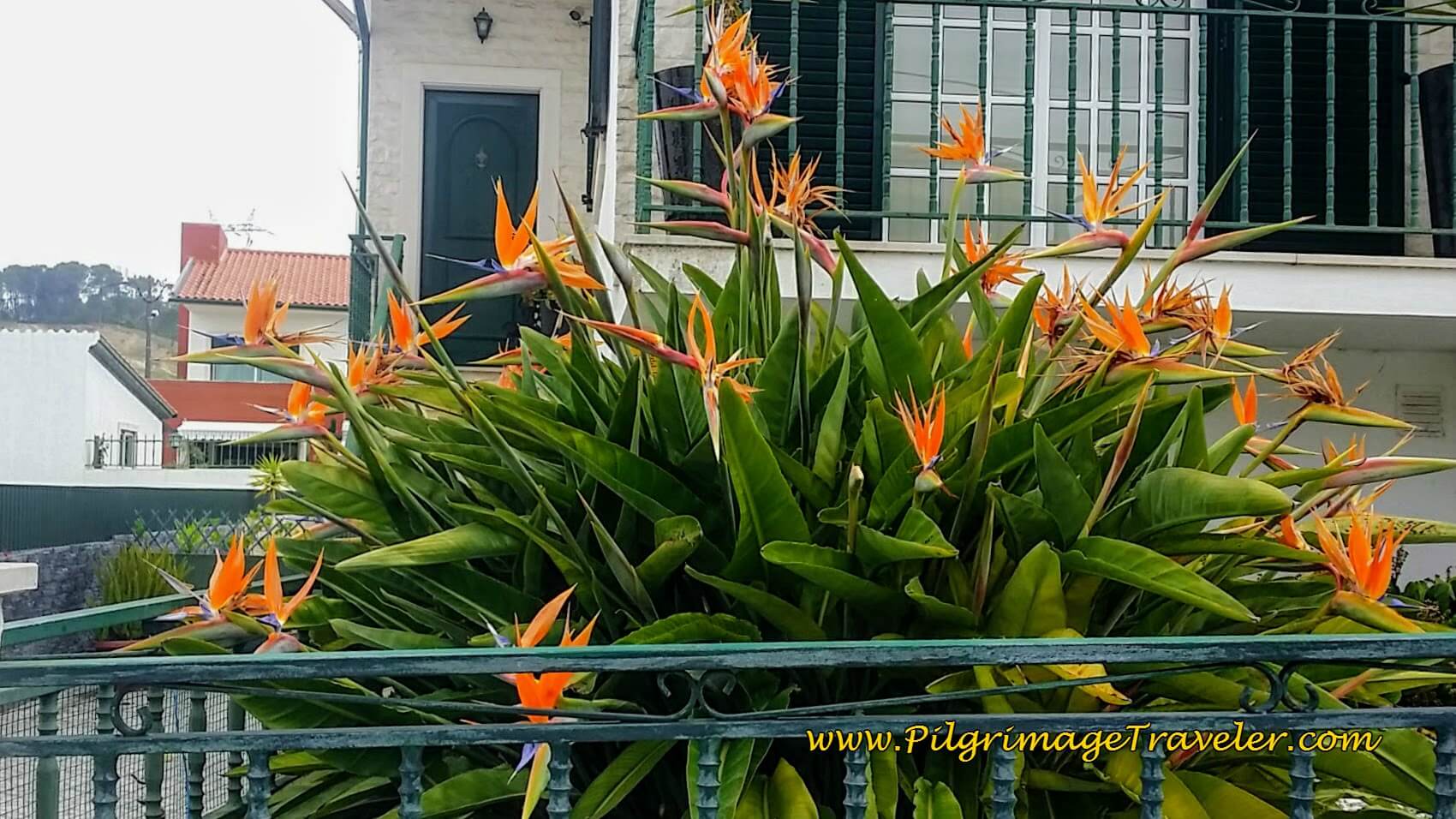
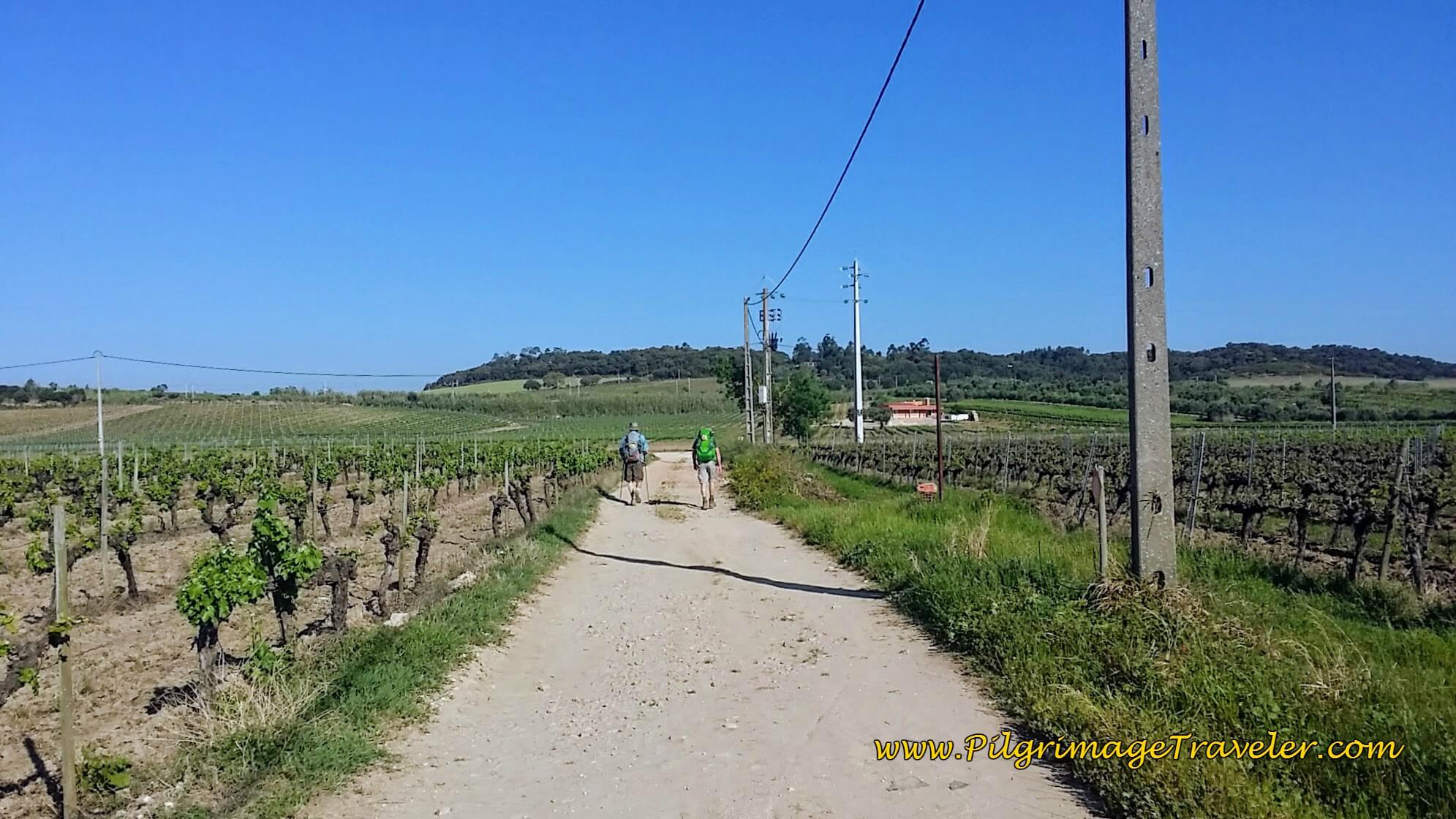
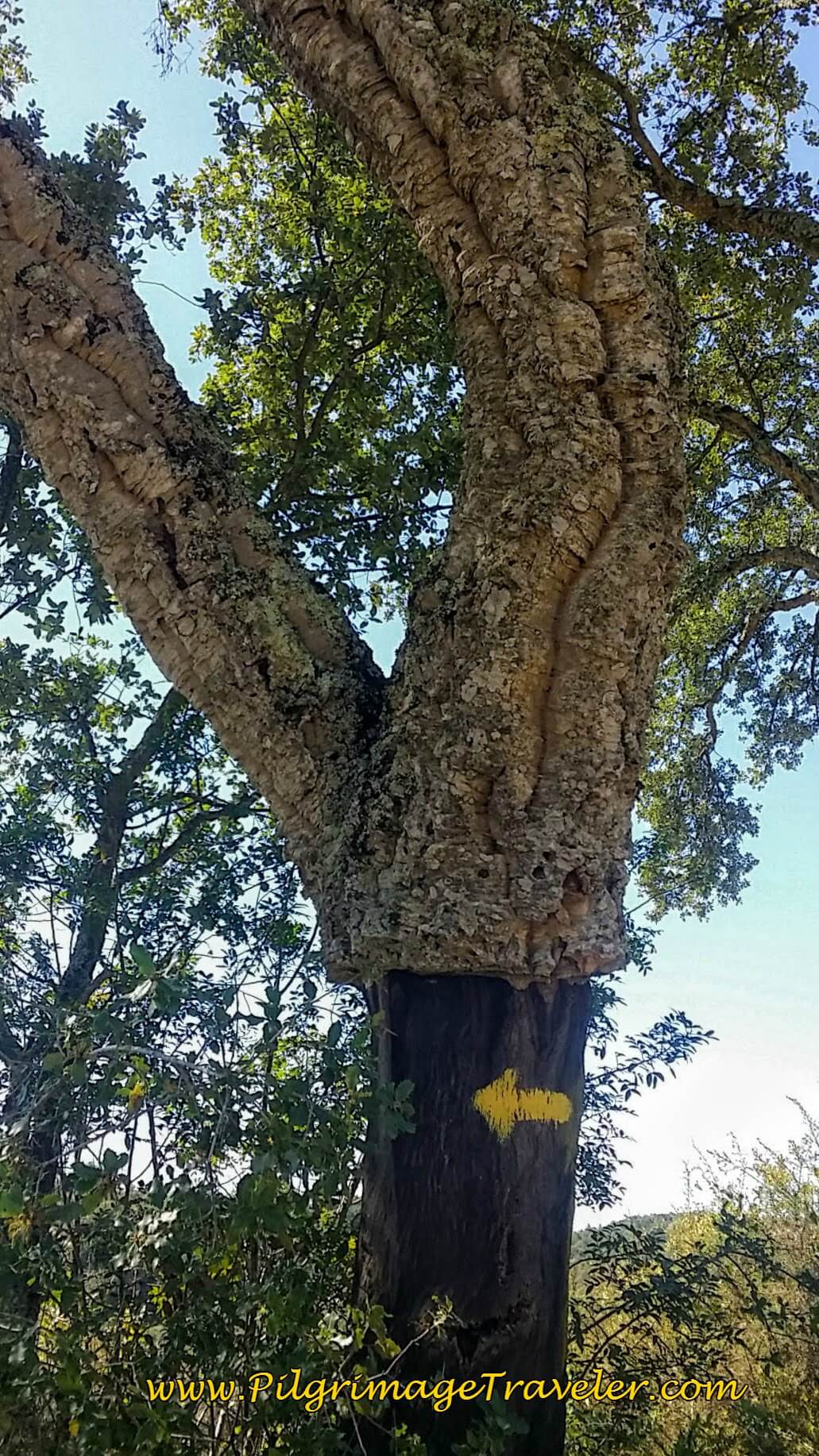
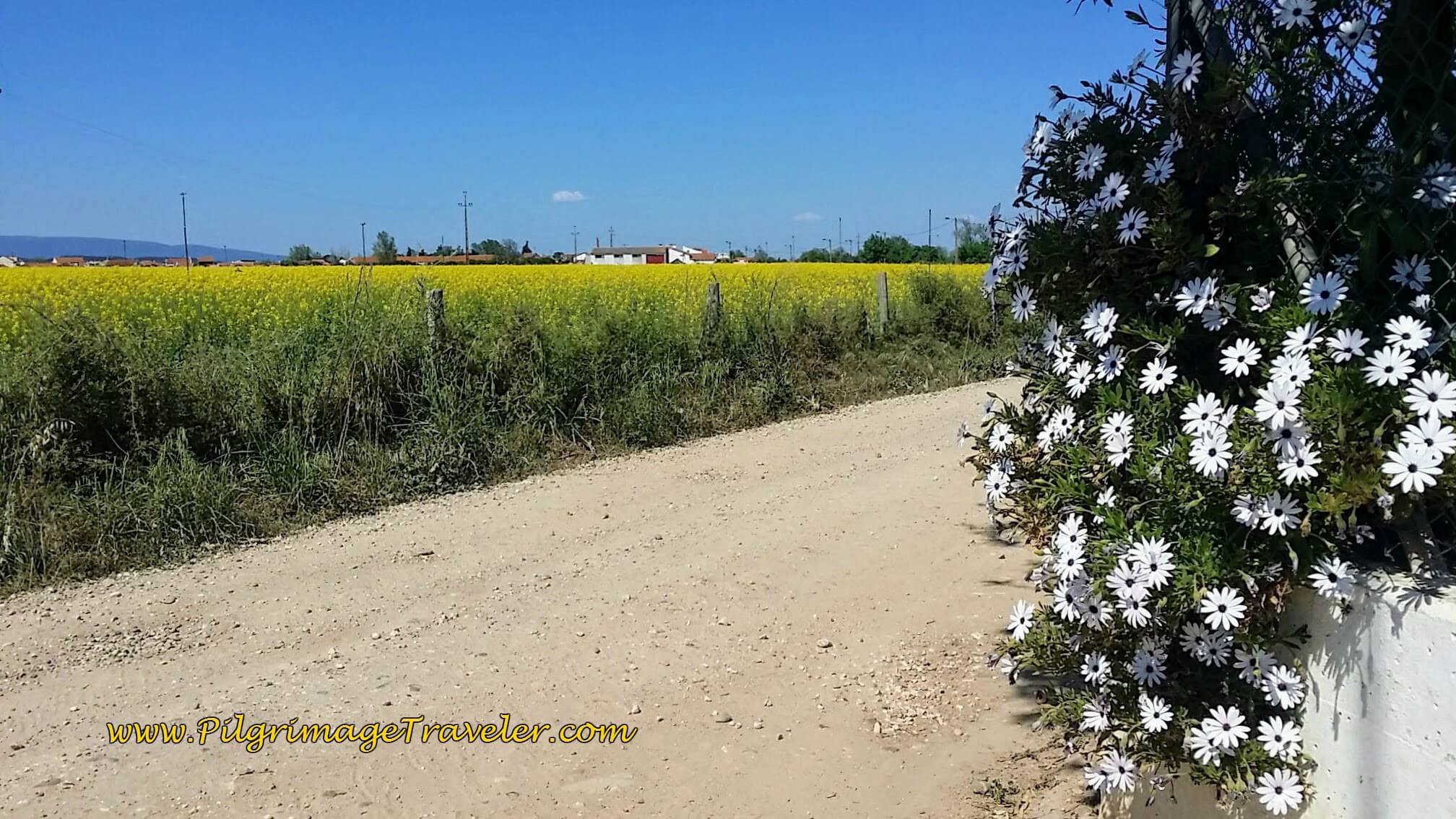
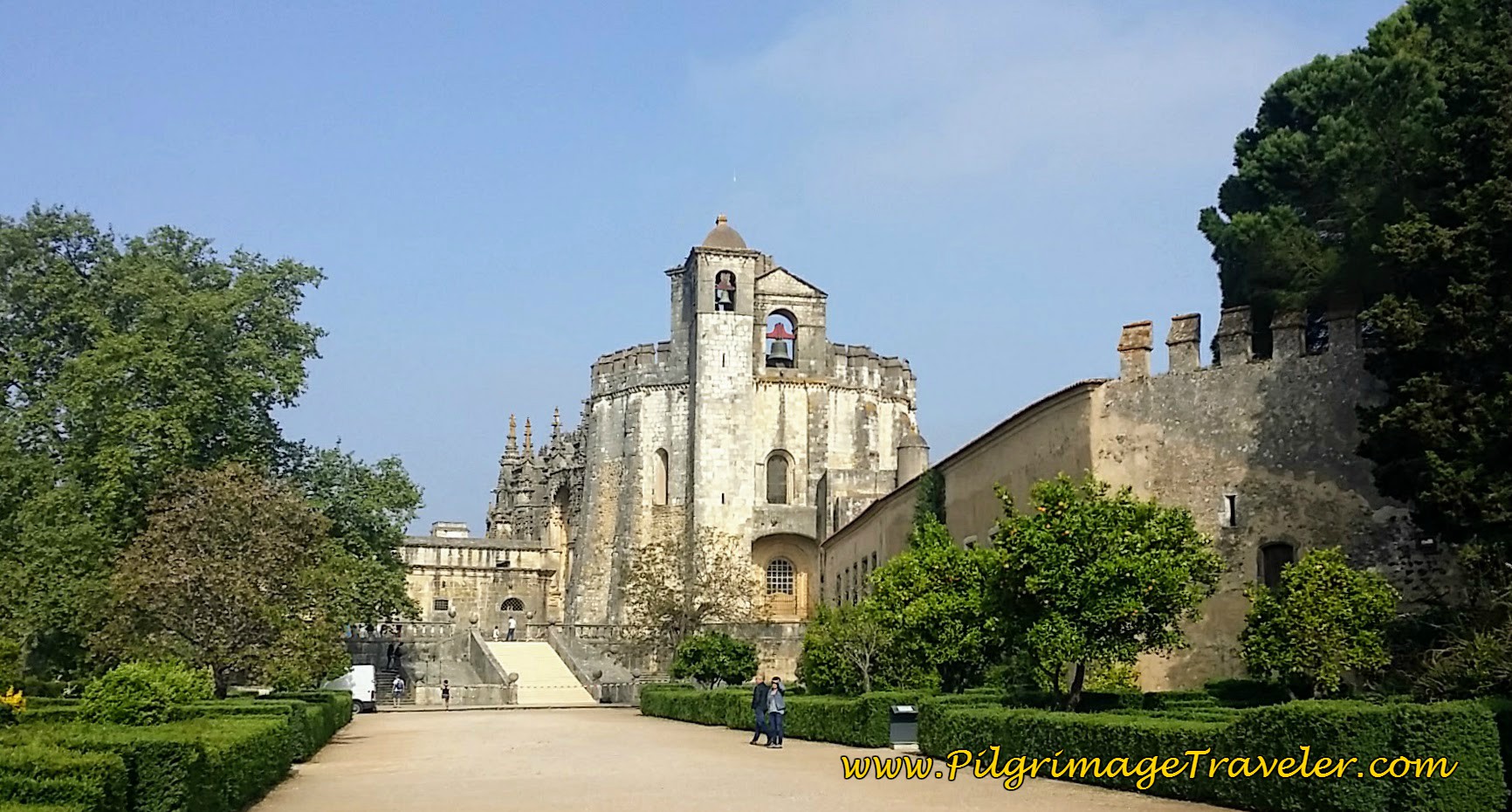

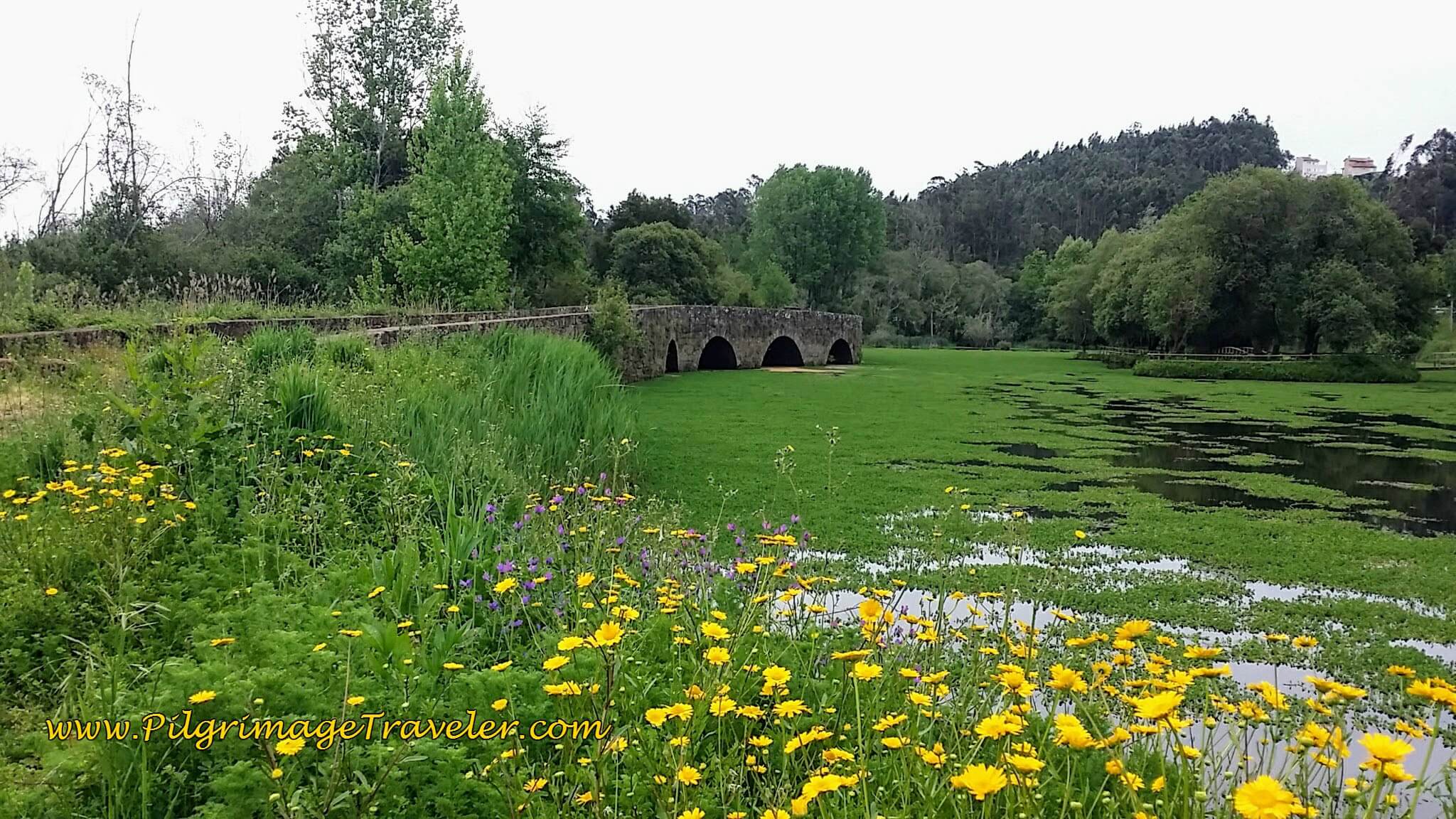
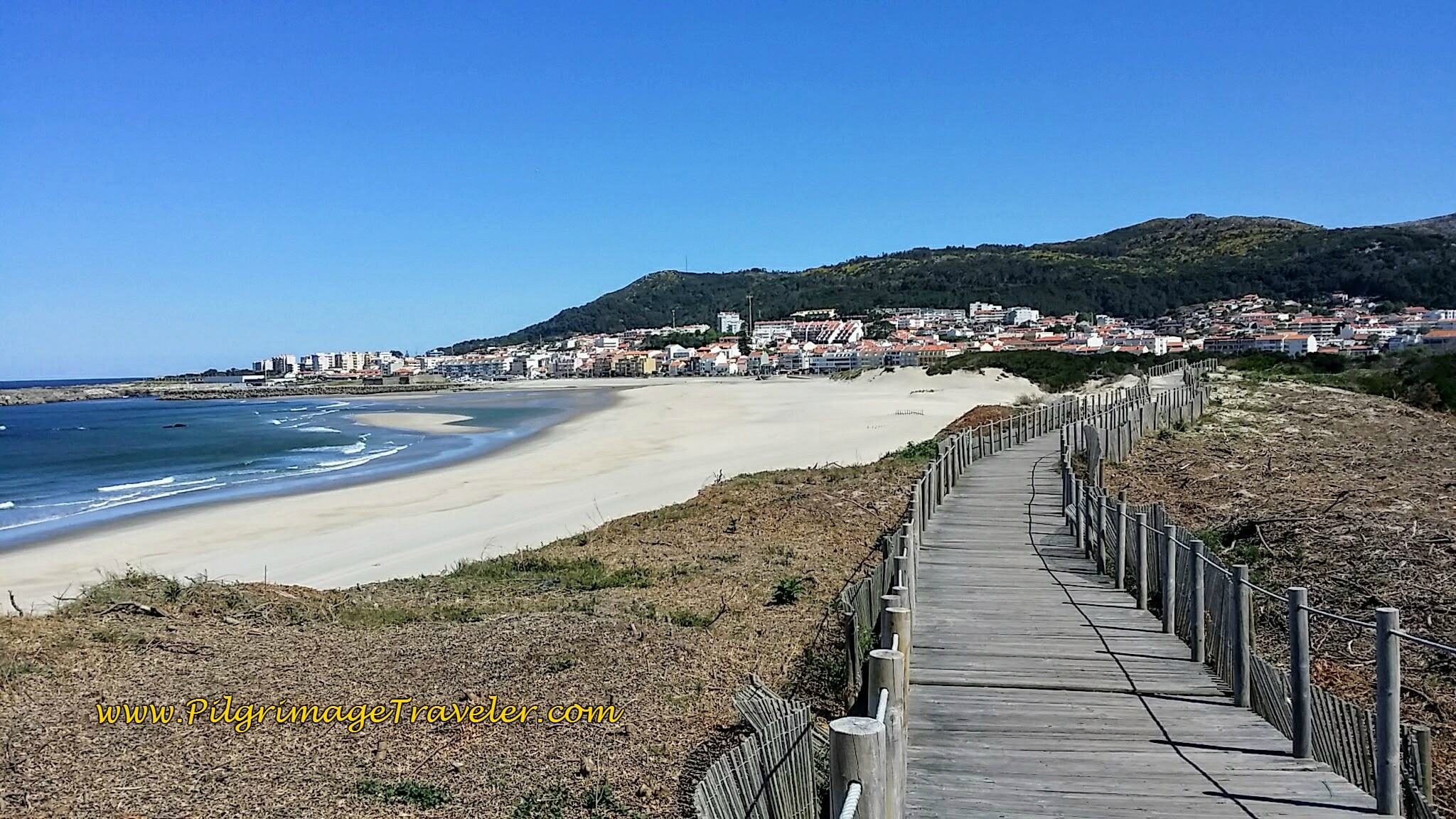
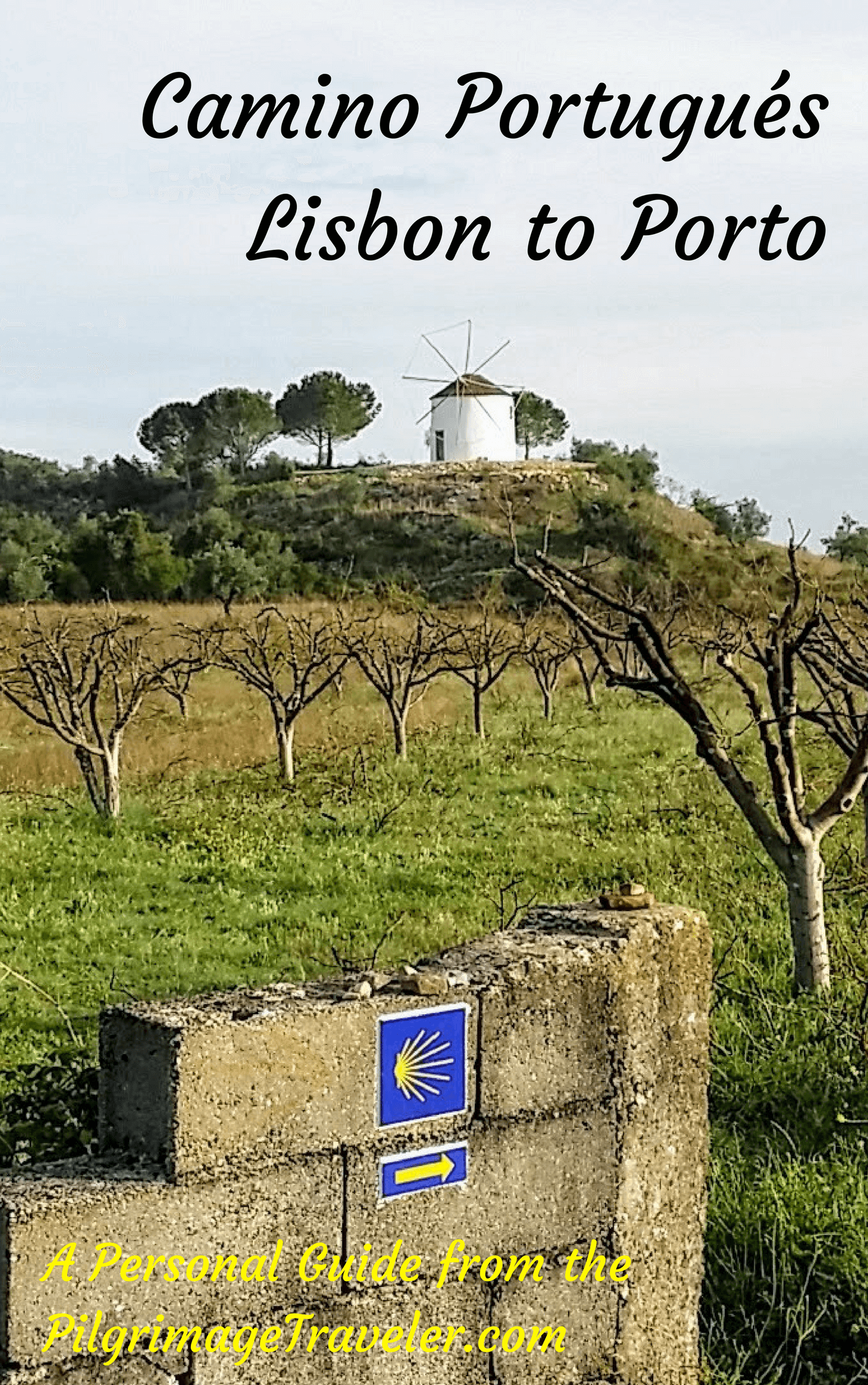
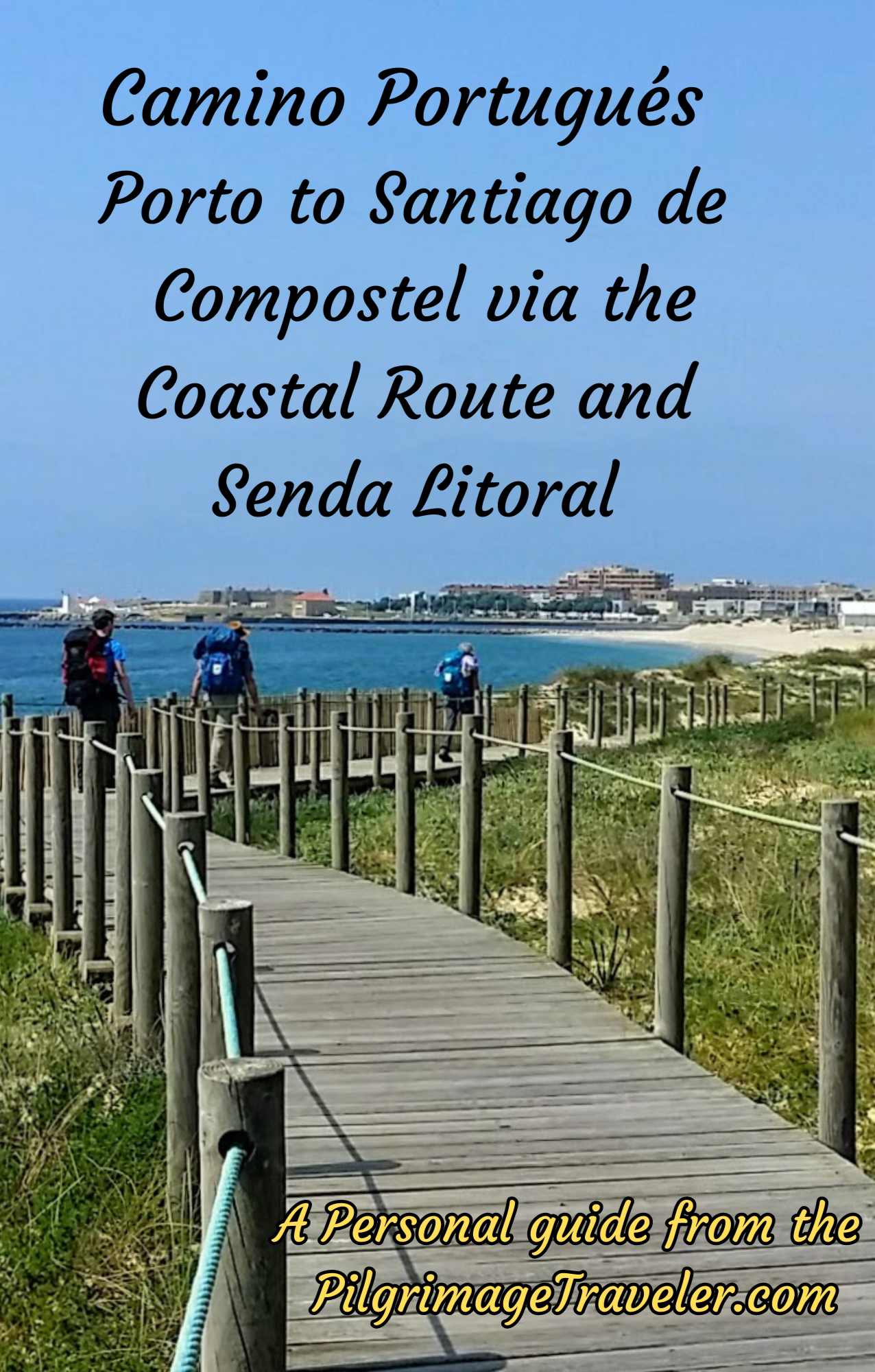
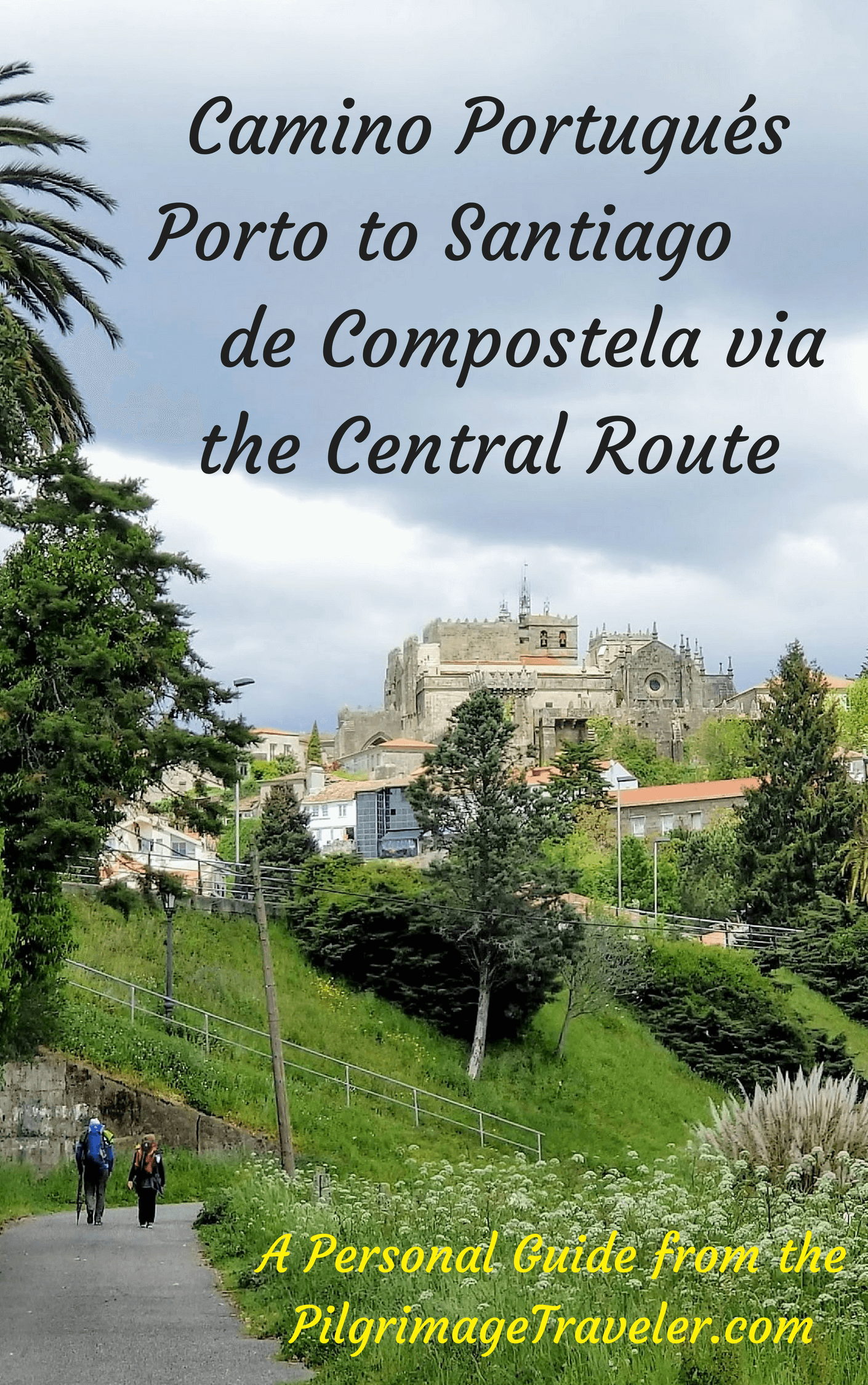
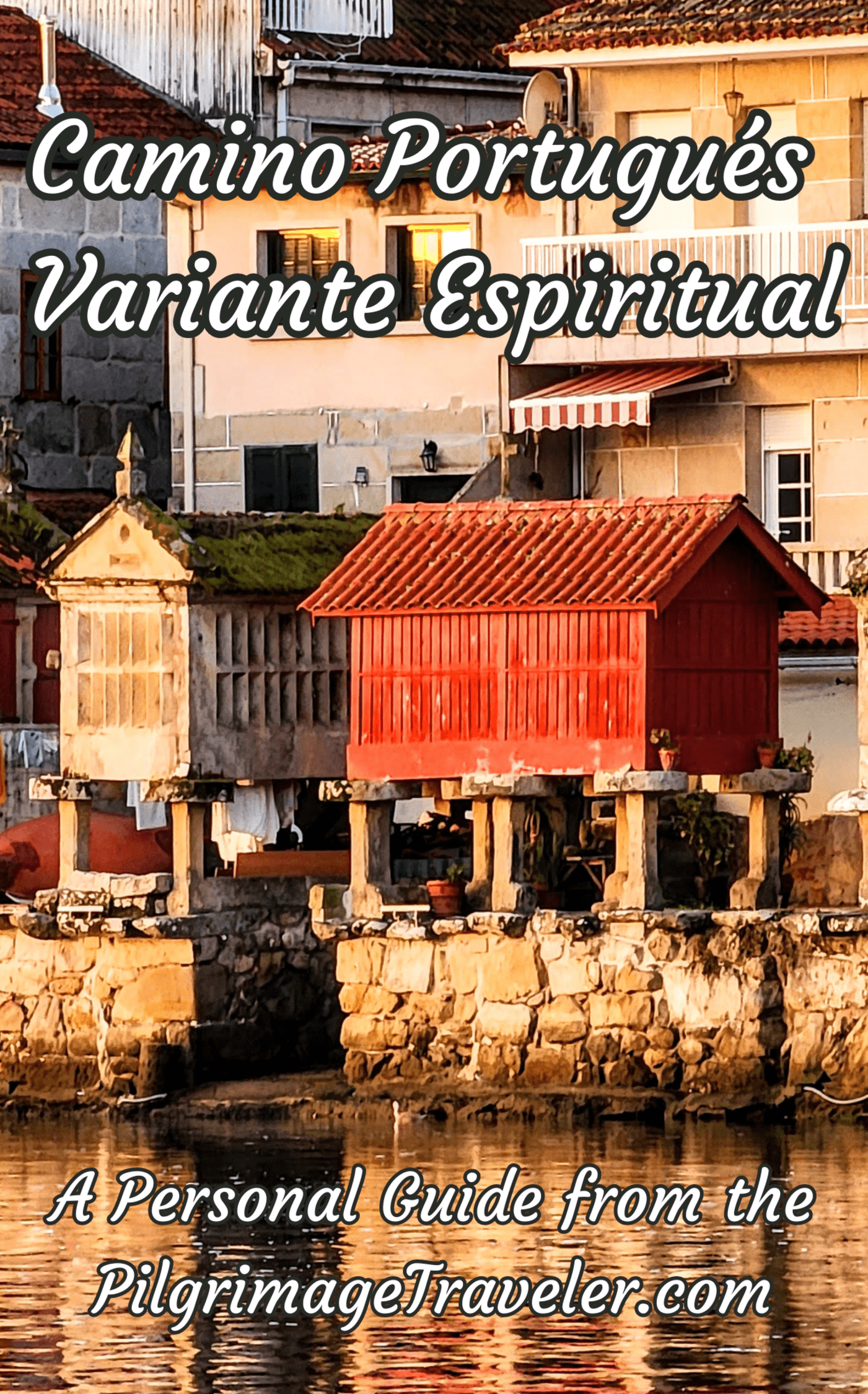


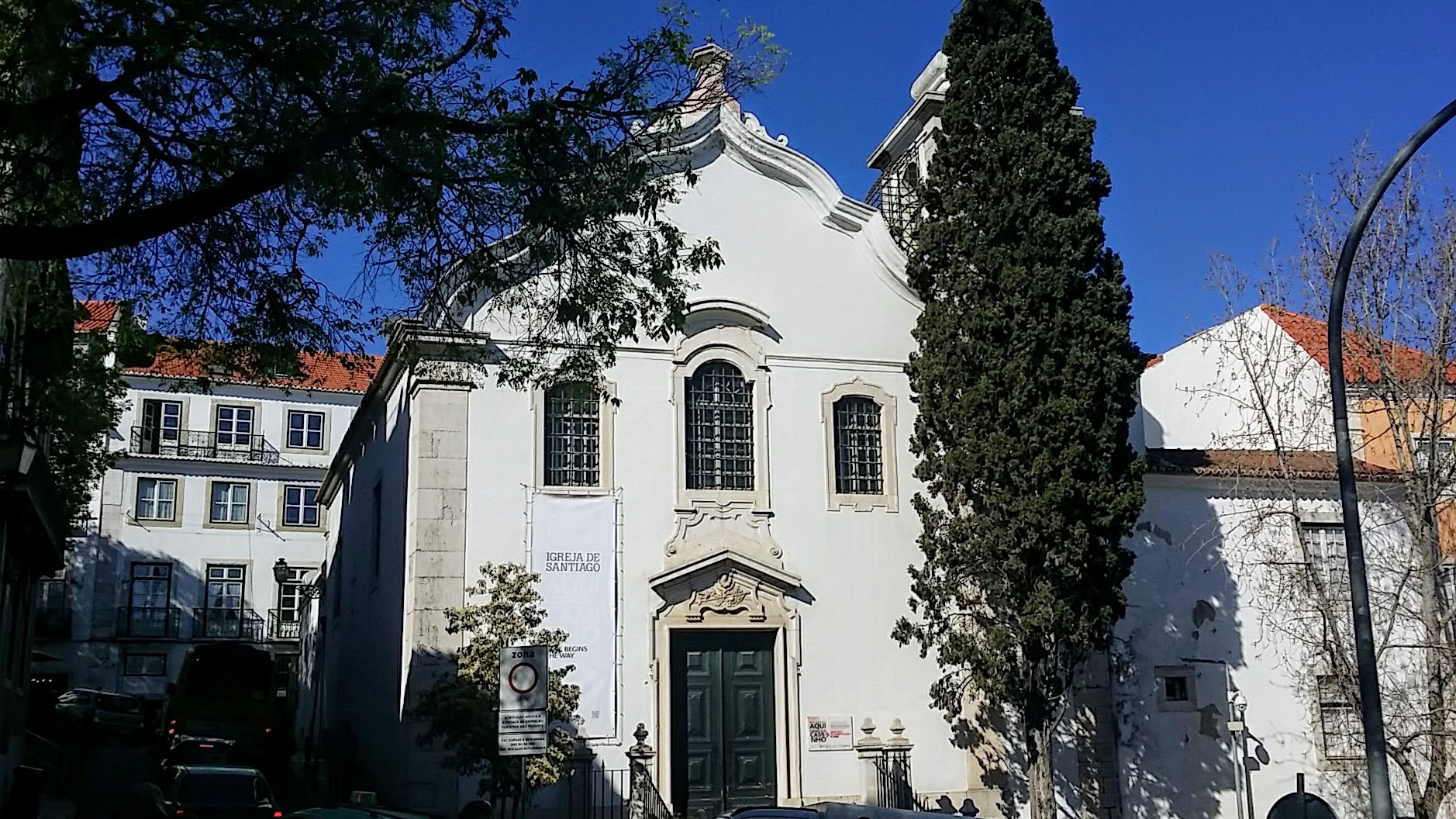

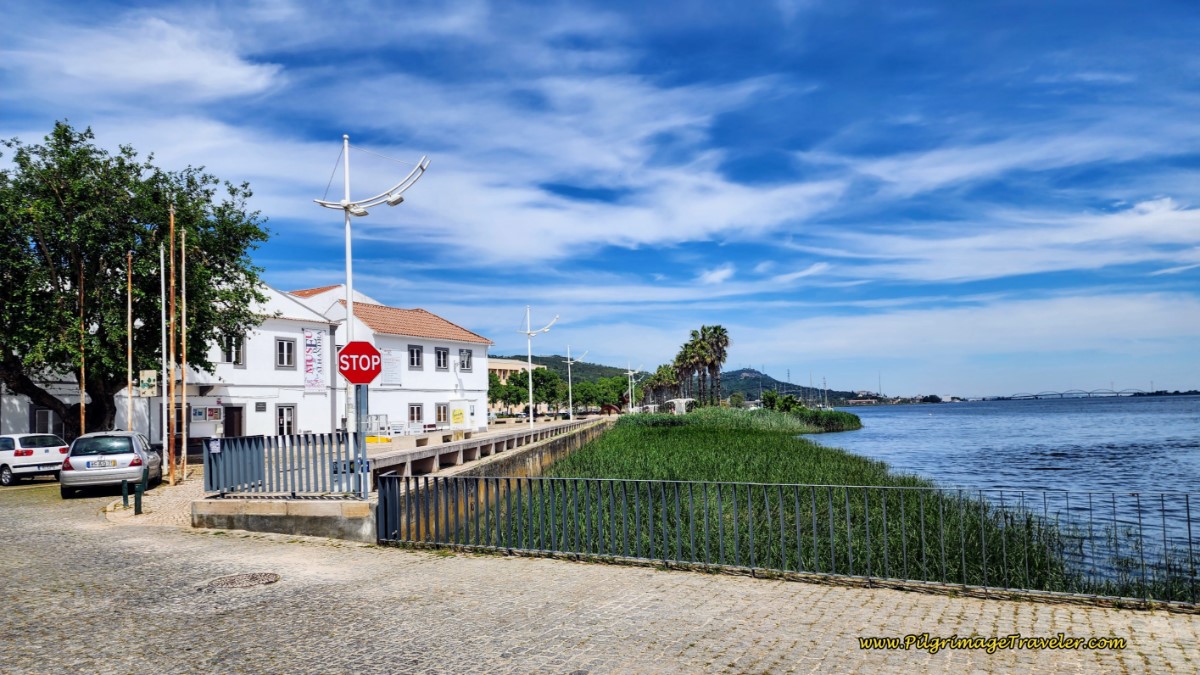









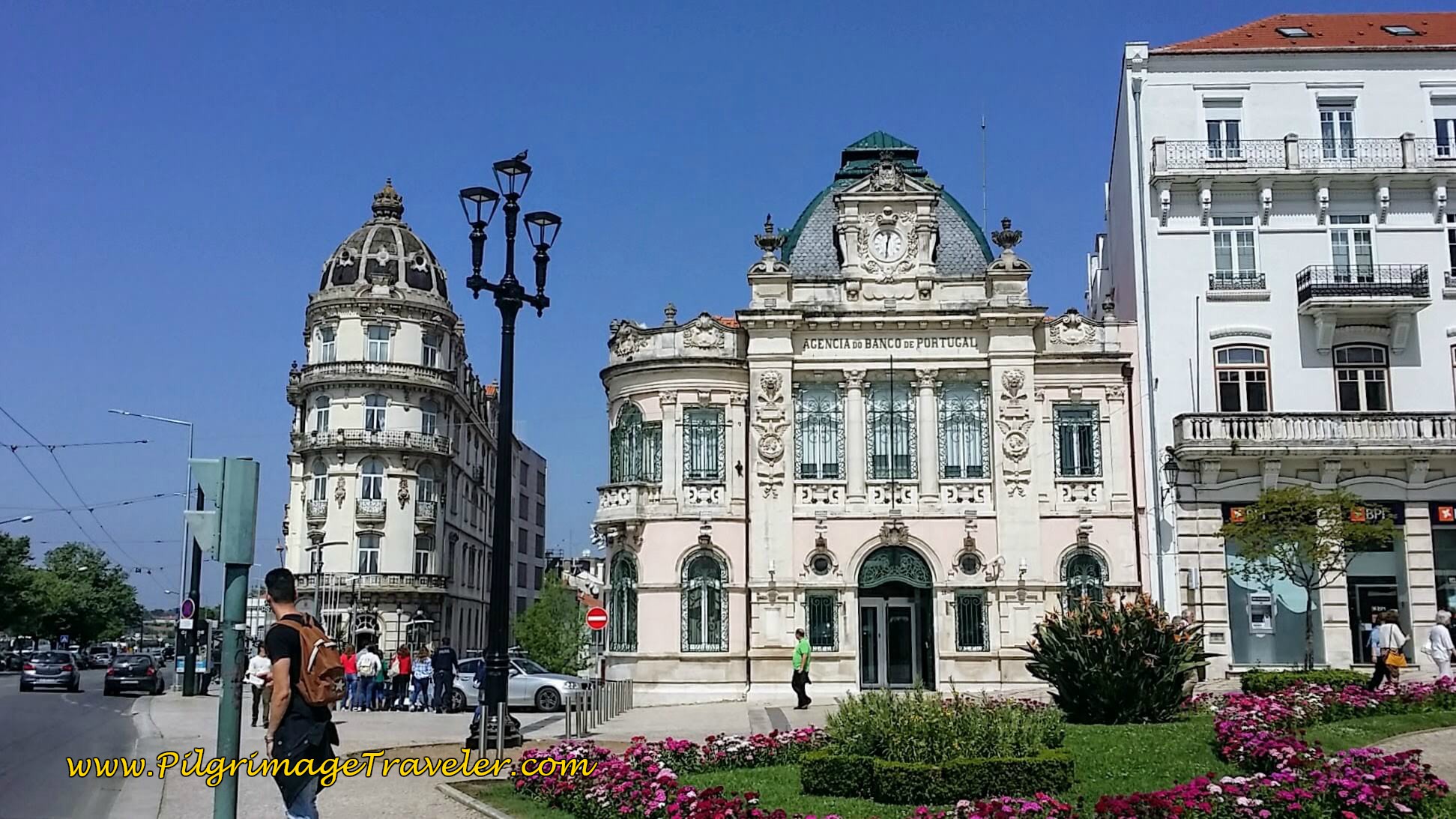






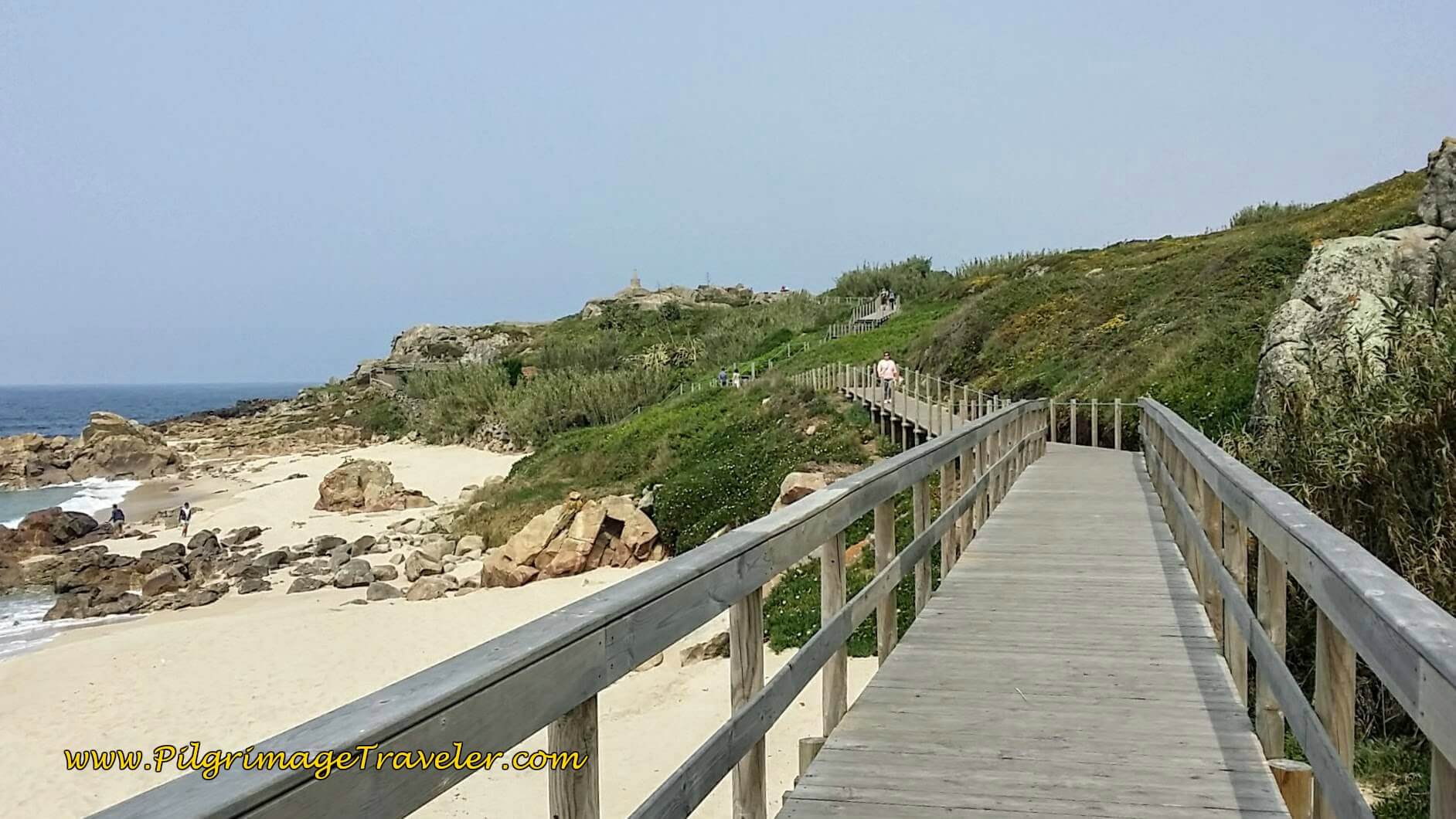

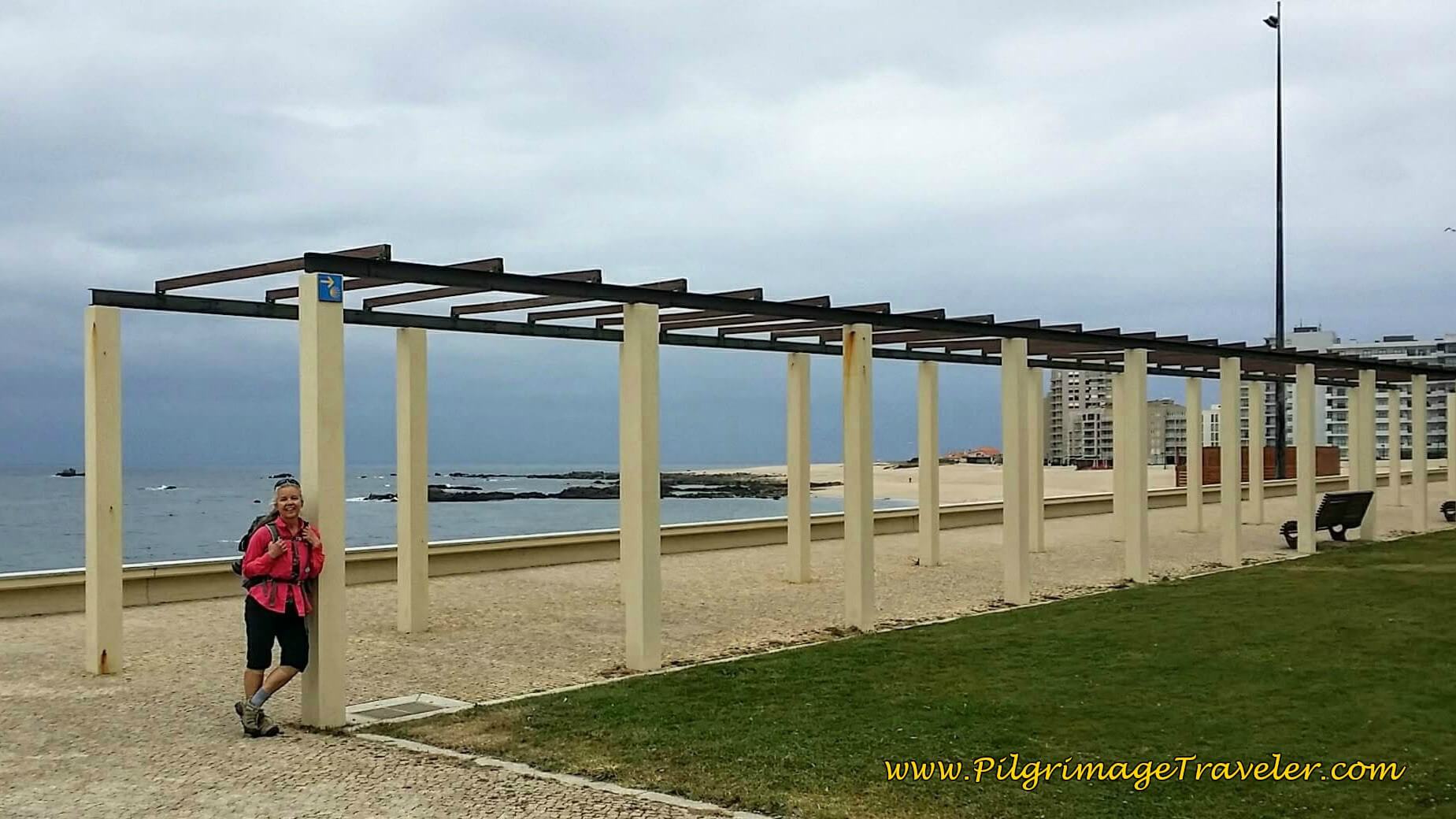

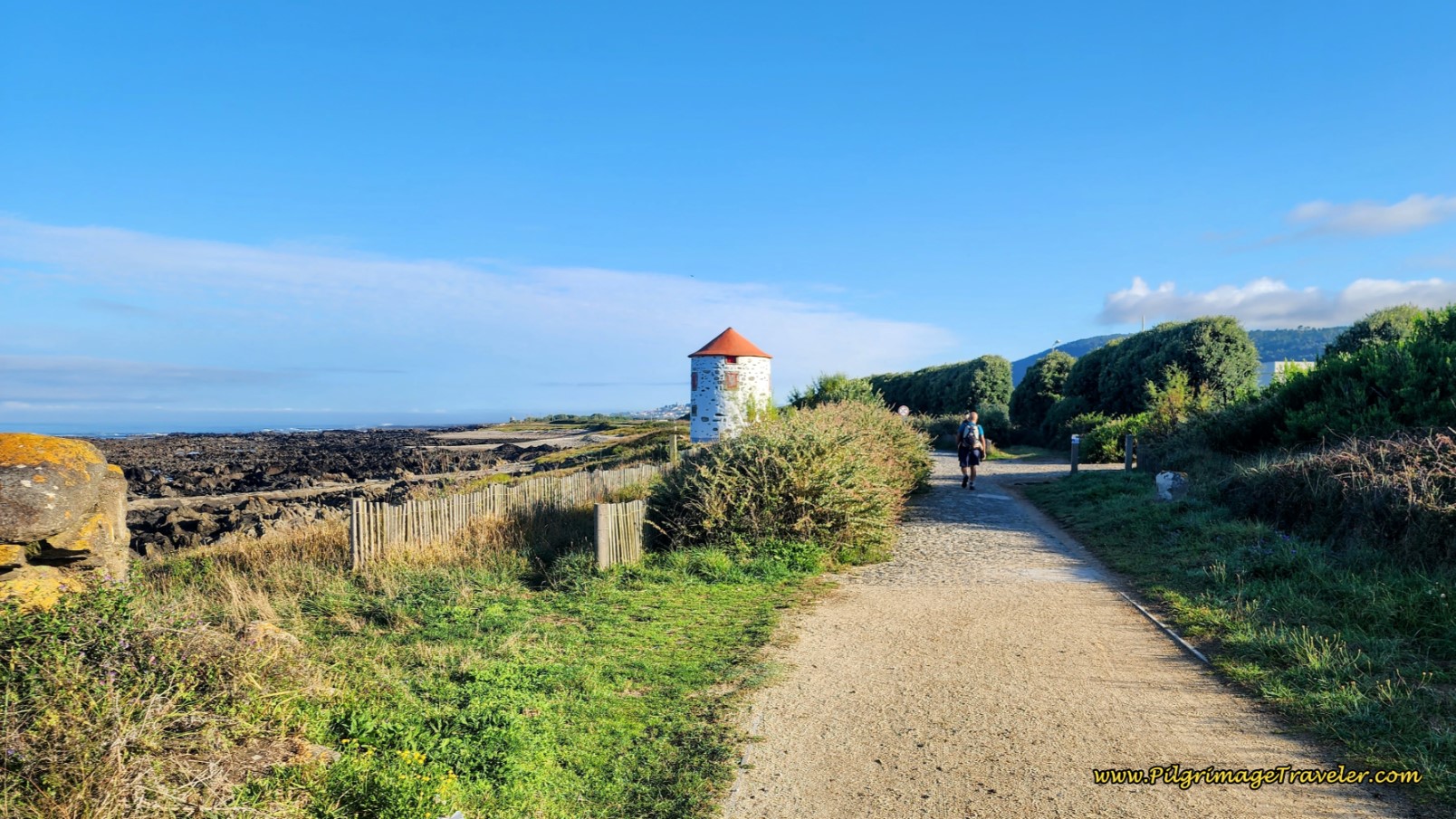








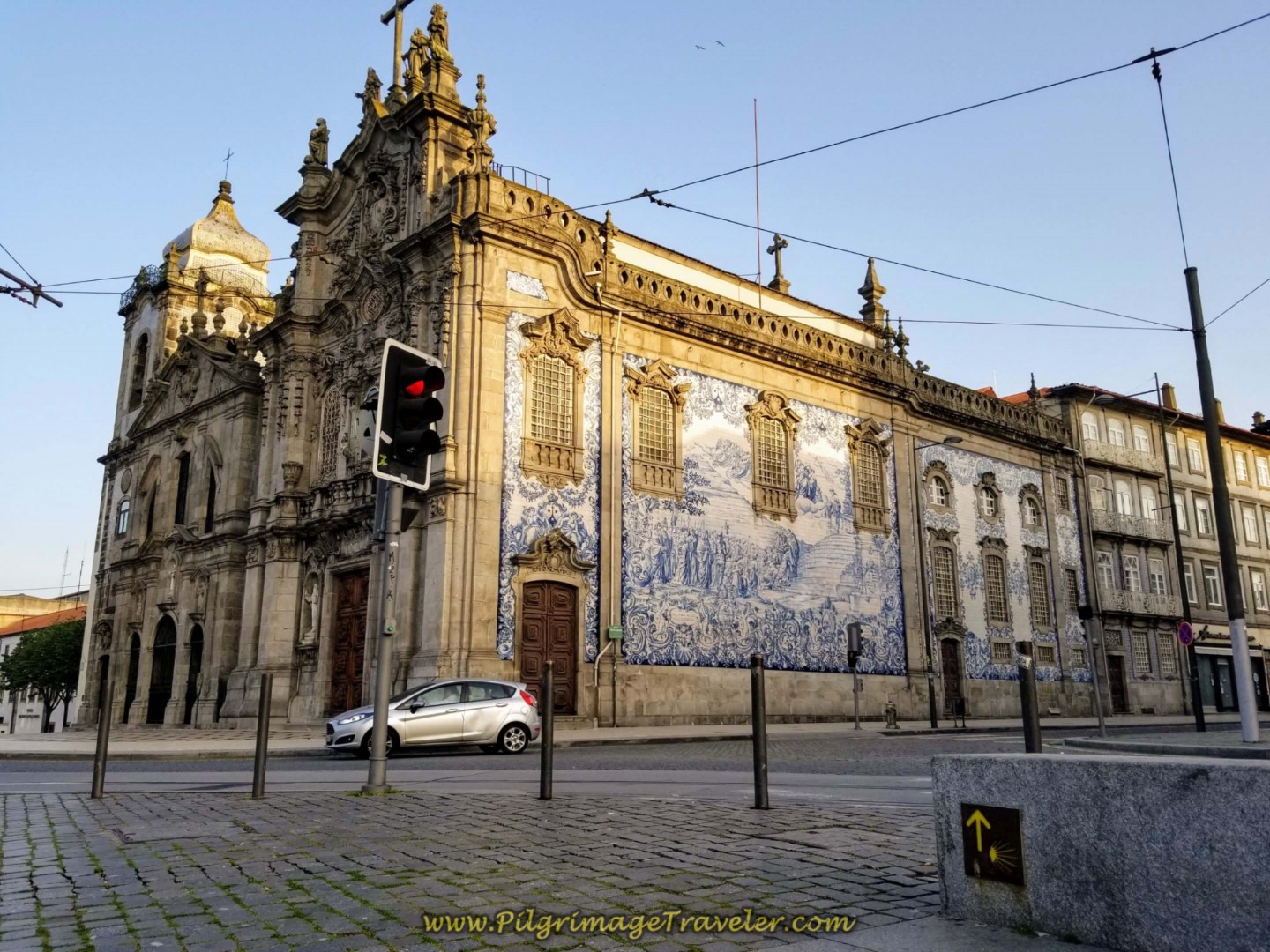





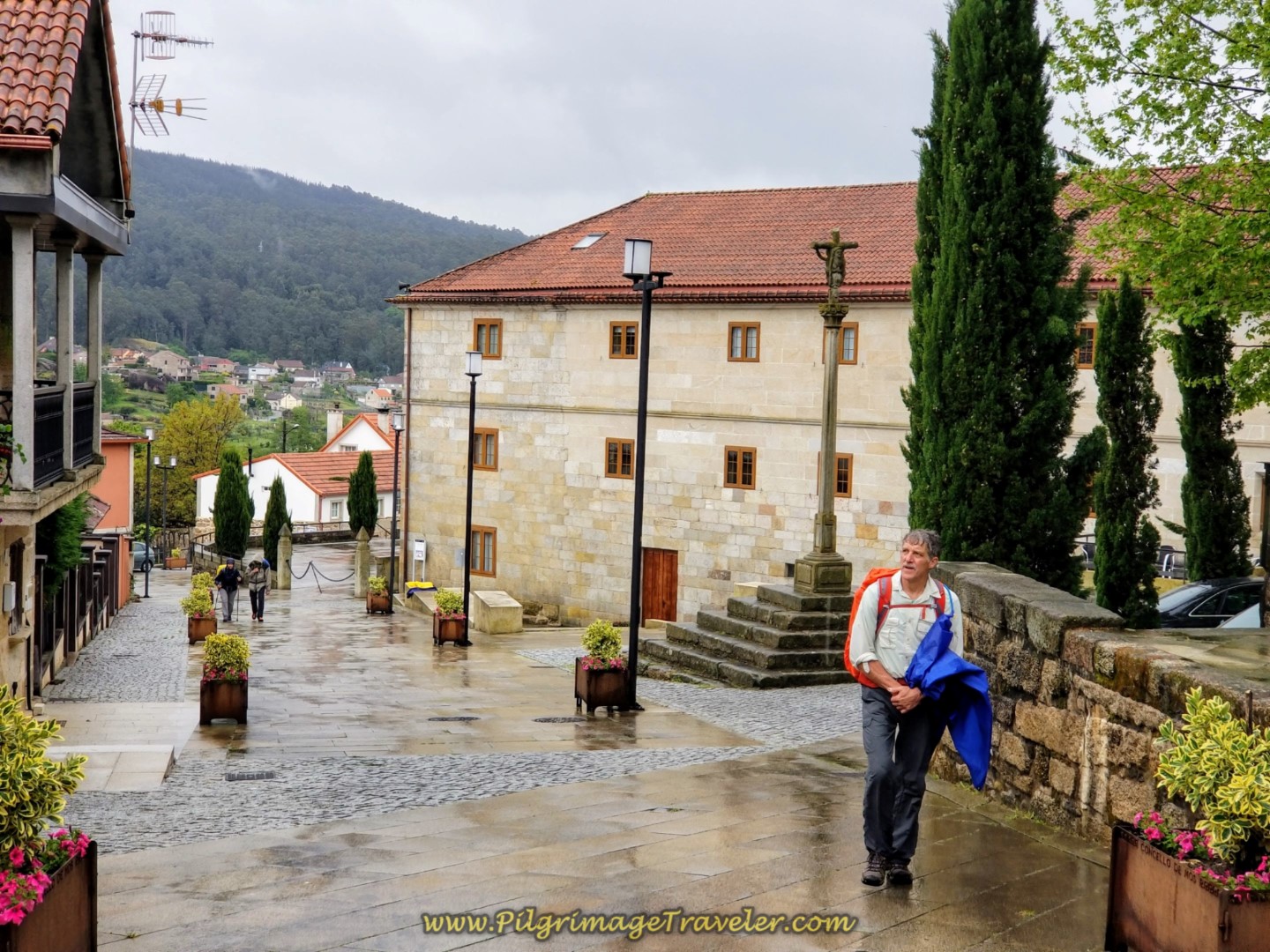





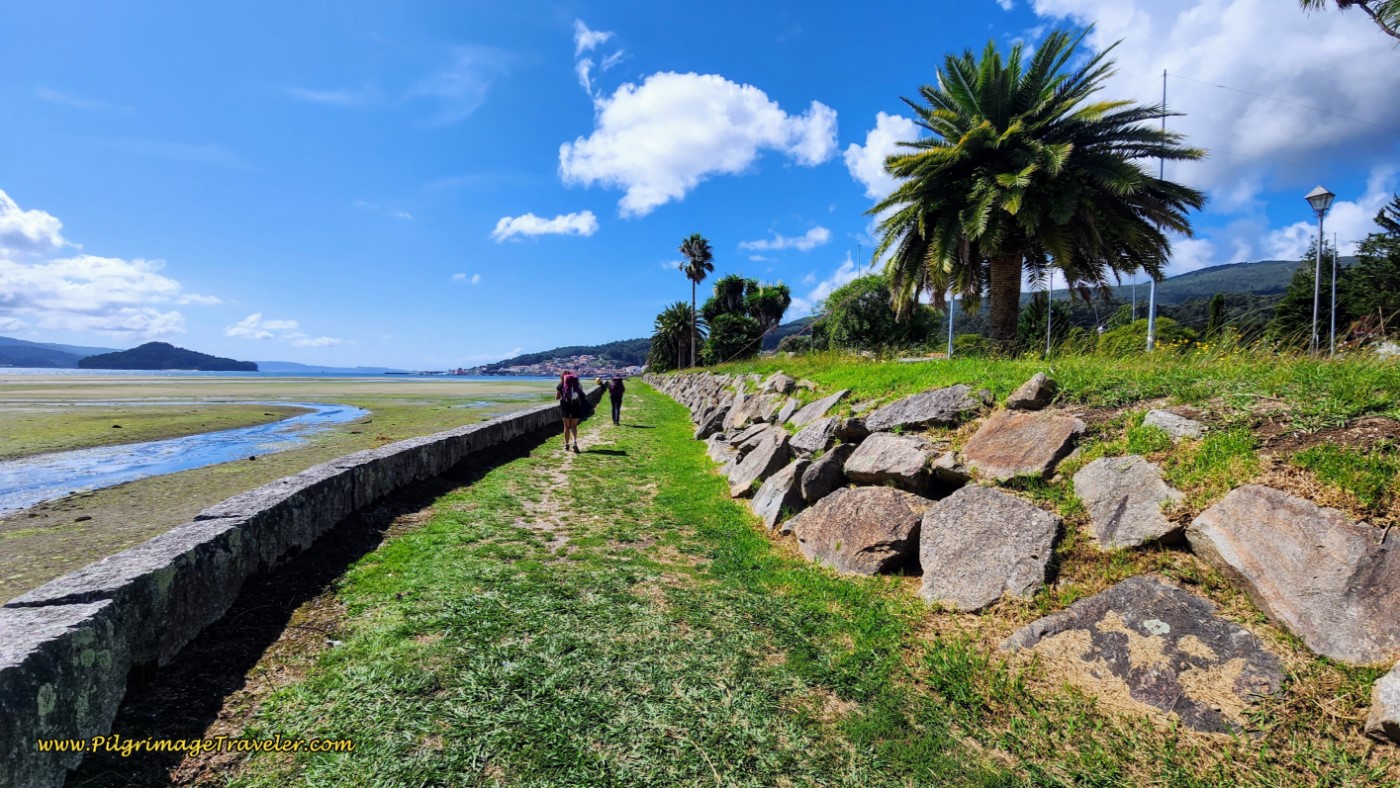


















Your Opinion Matters! Comments
Have you had a similar experience, have some advice to give, or have something else you'd like to share? We would love to hear from you! Please leave us a comment in the box below.